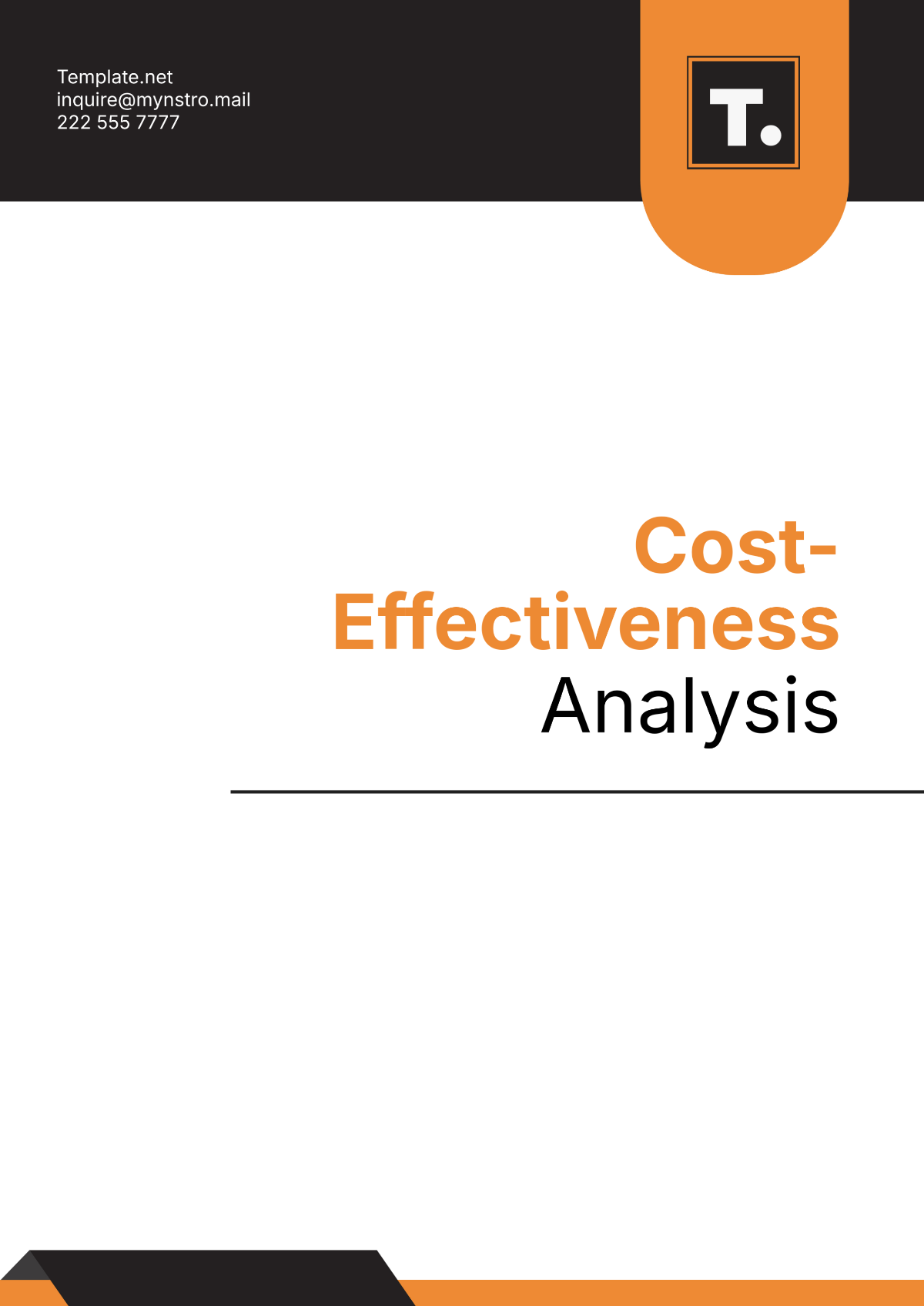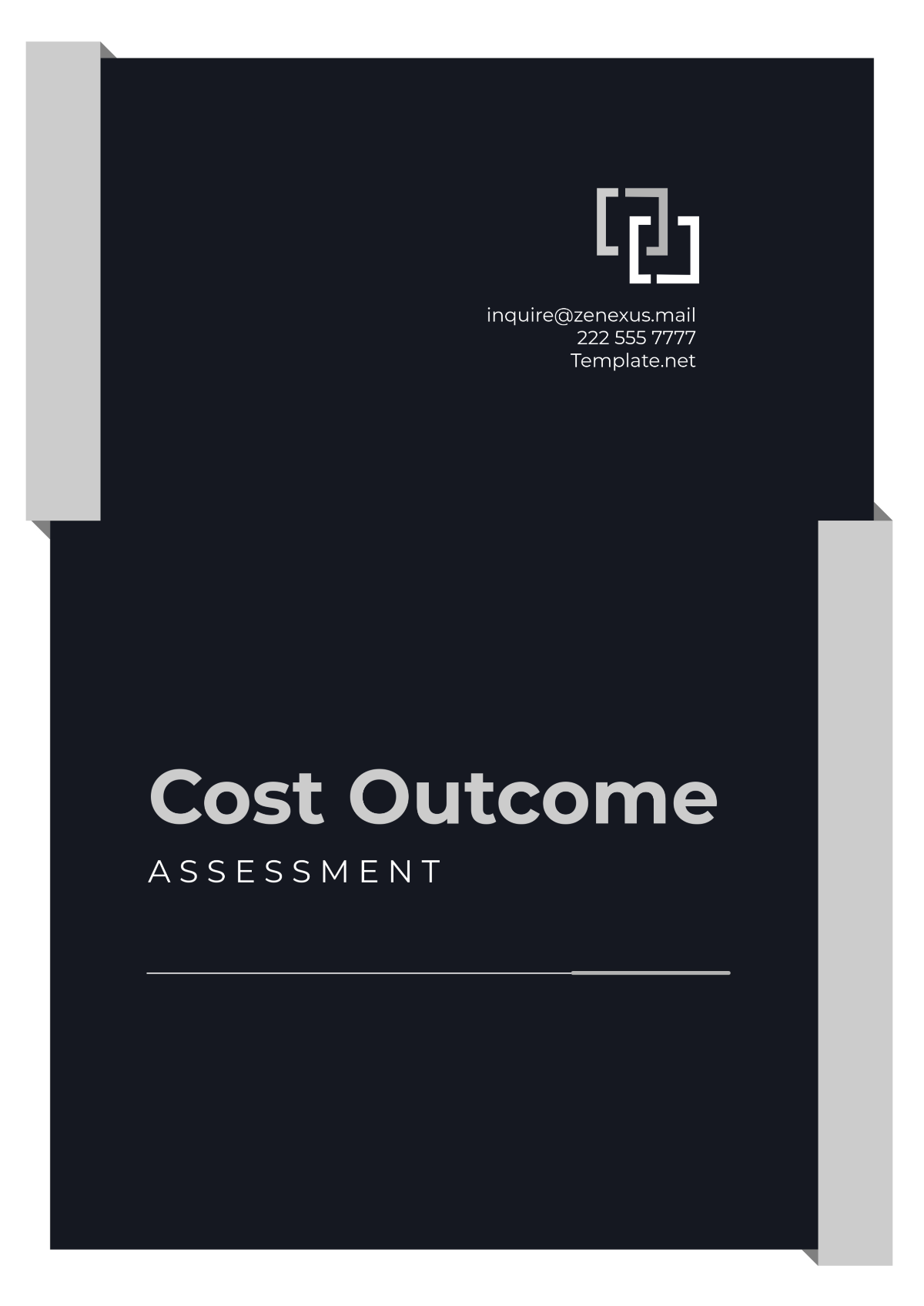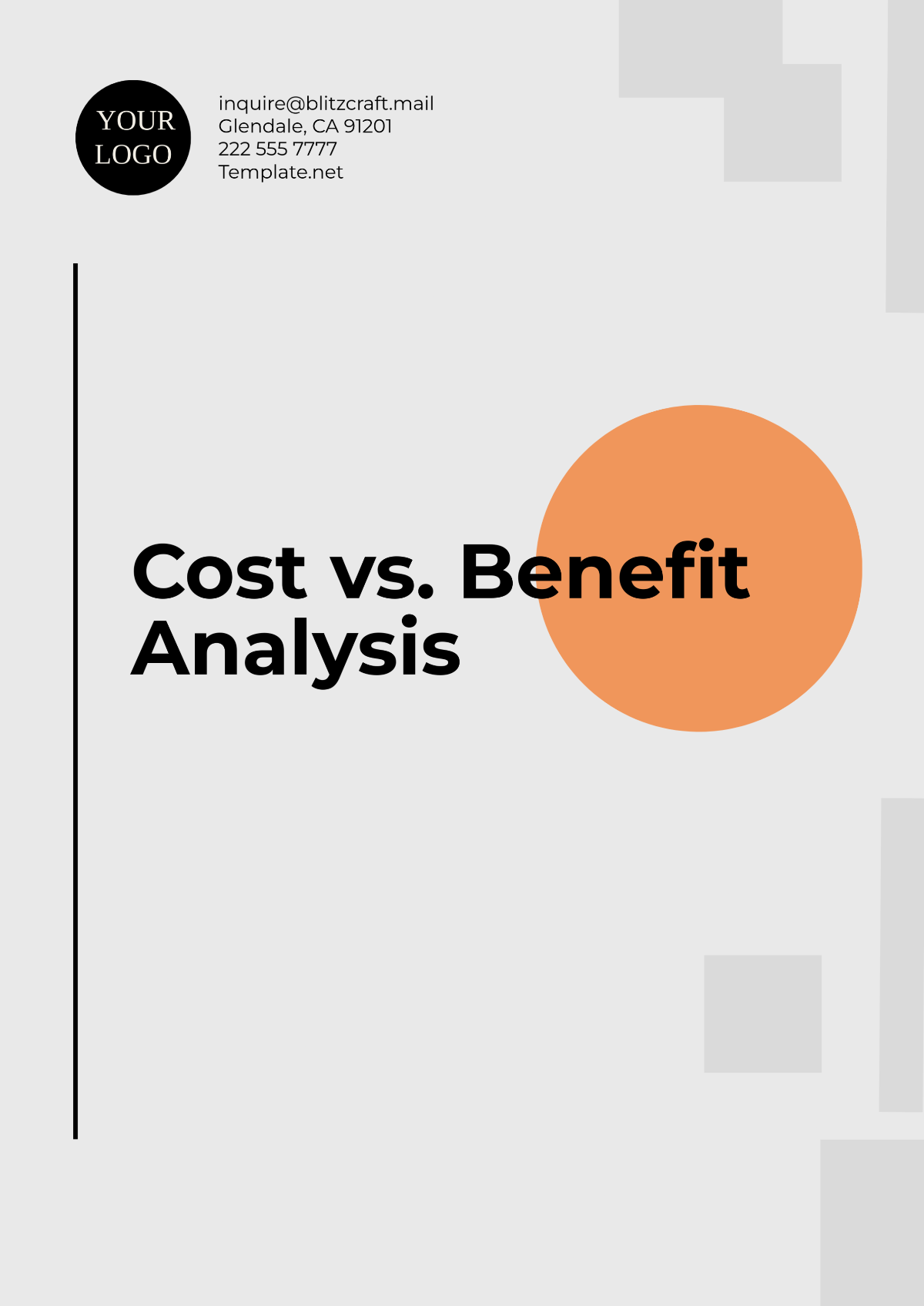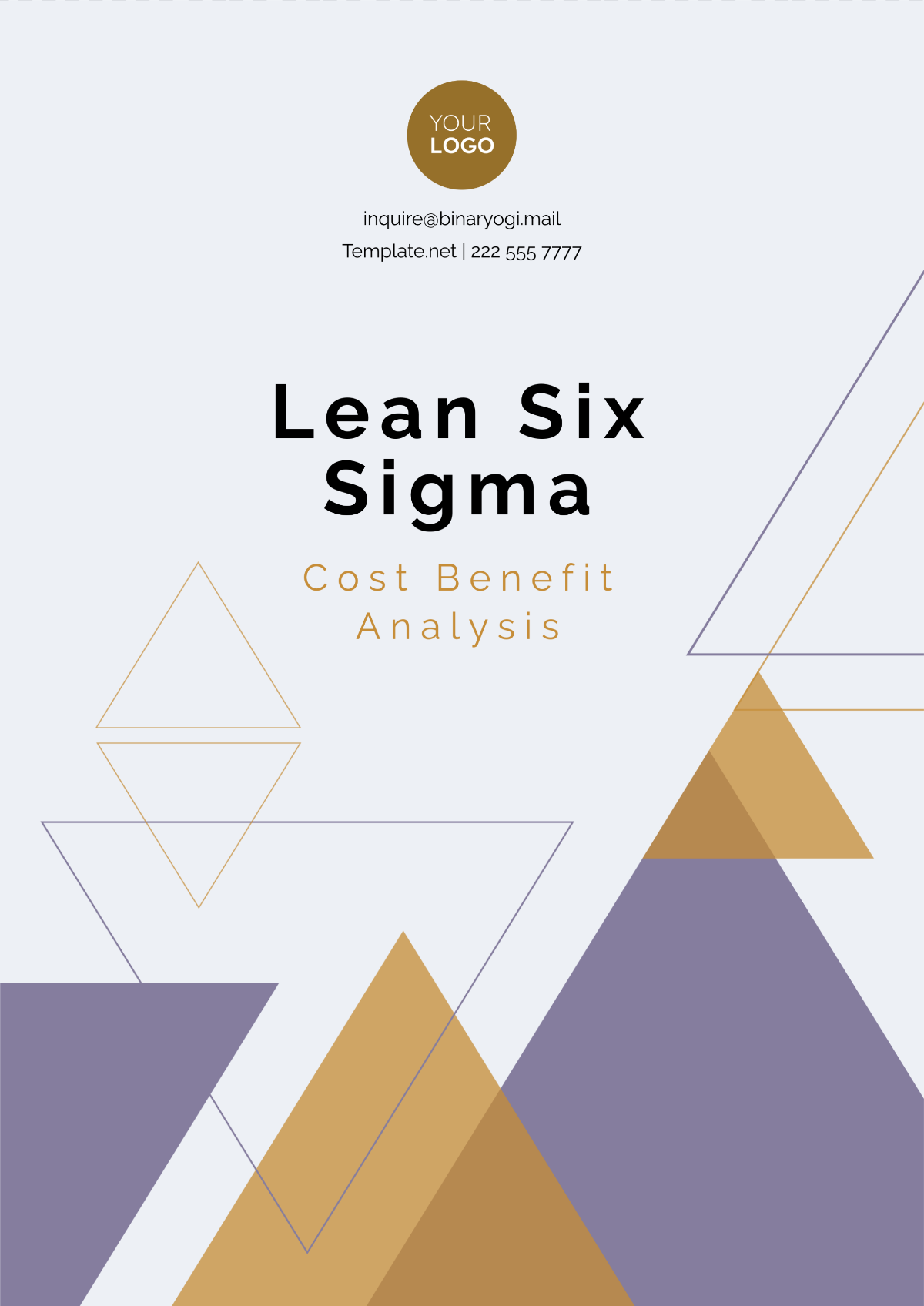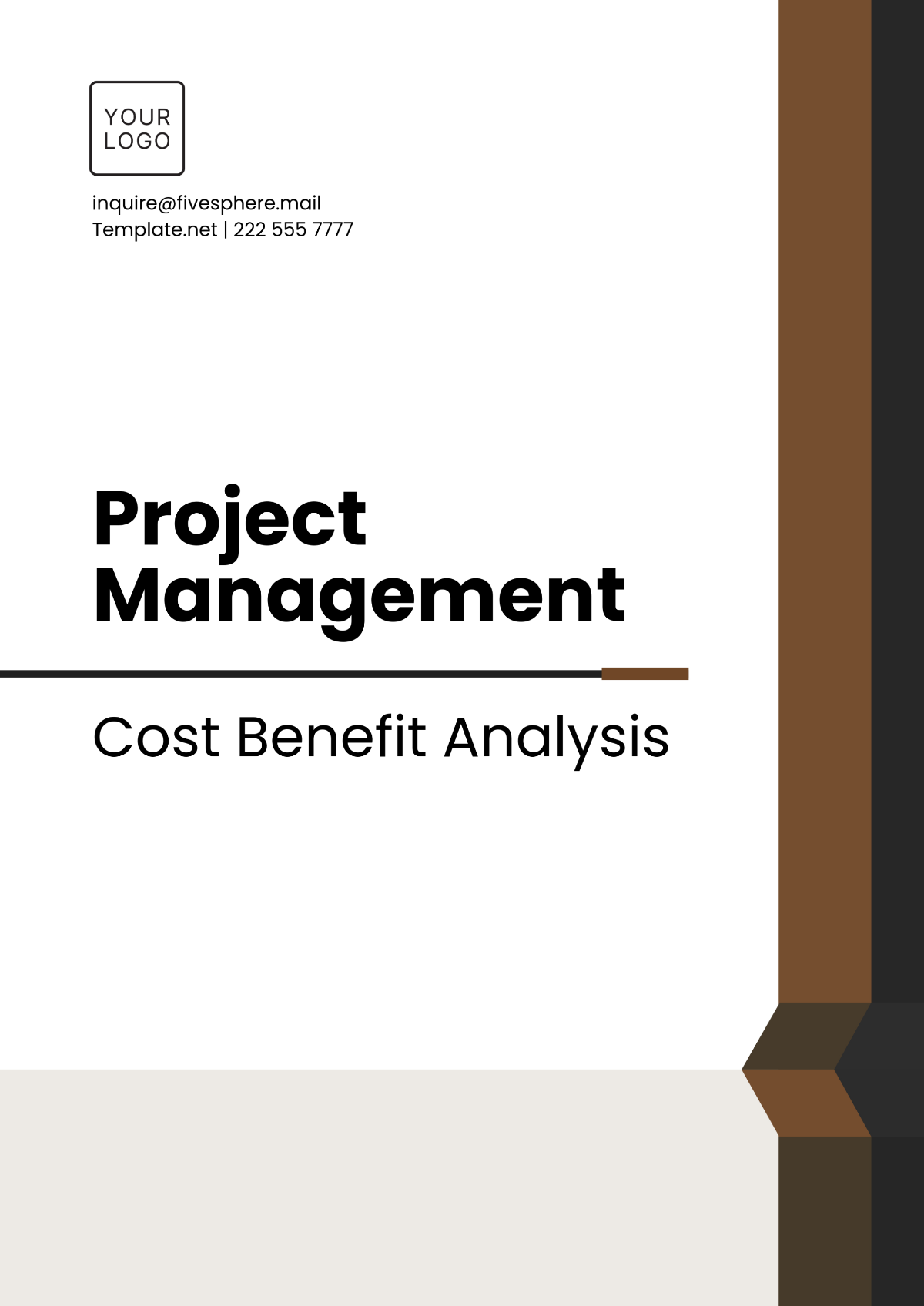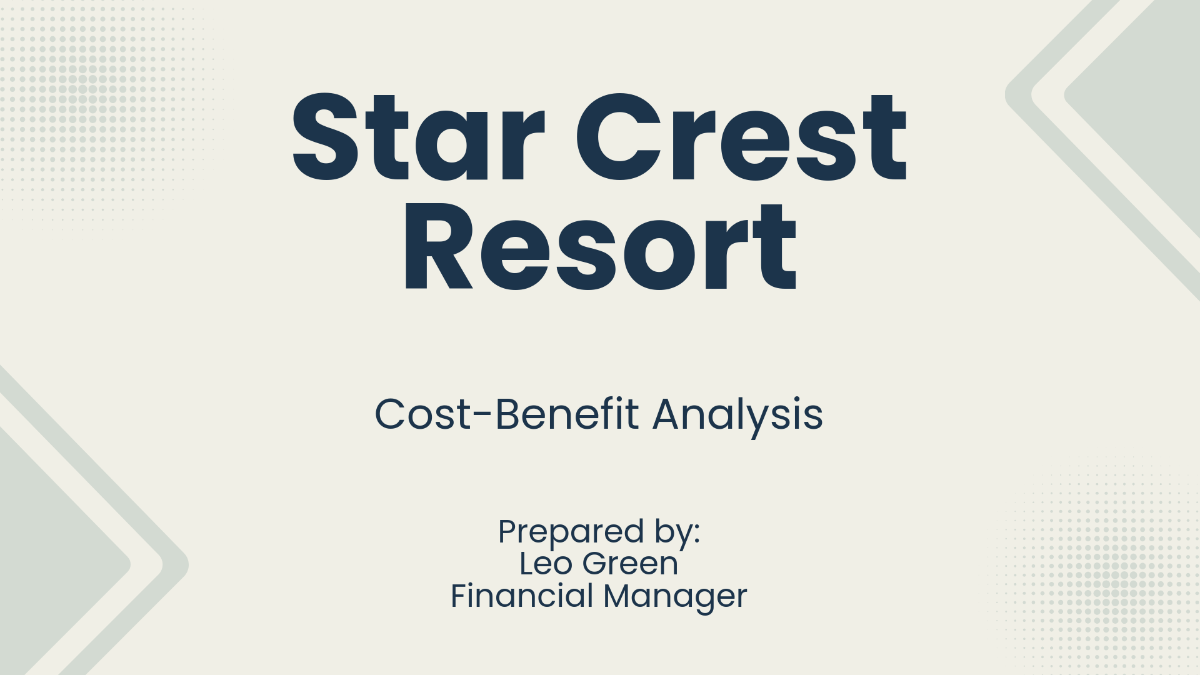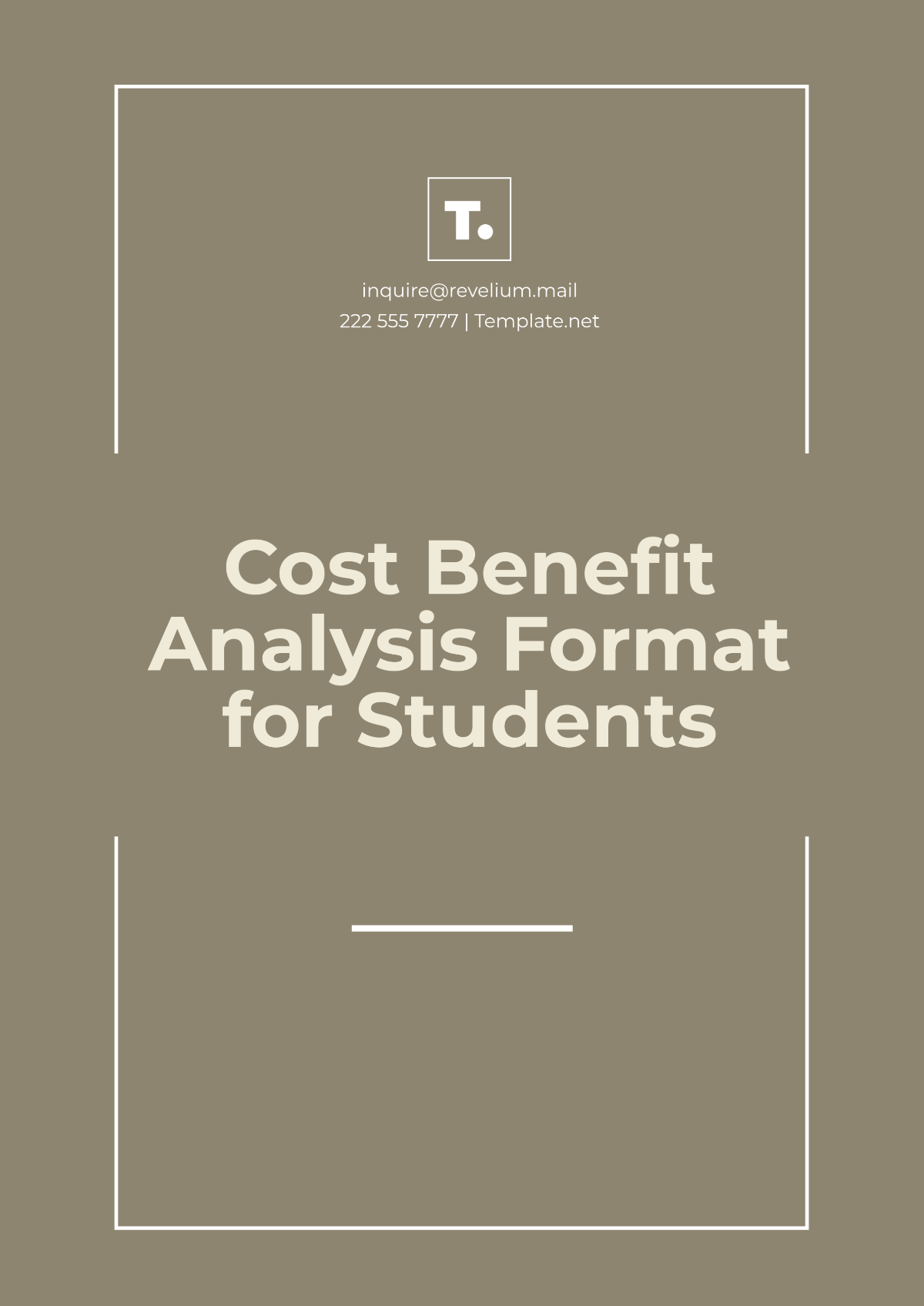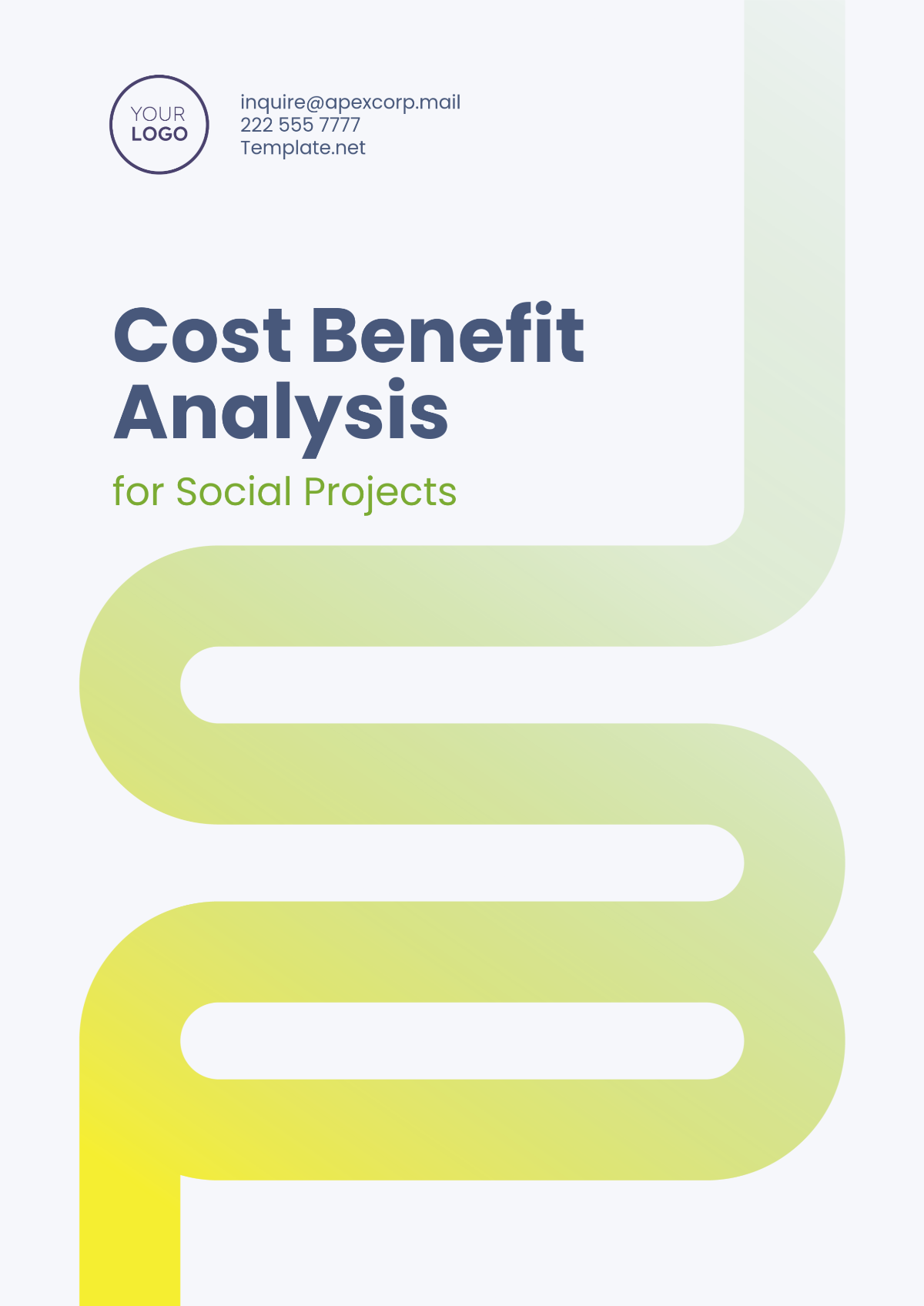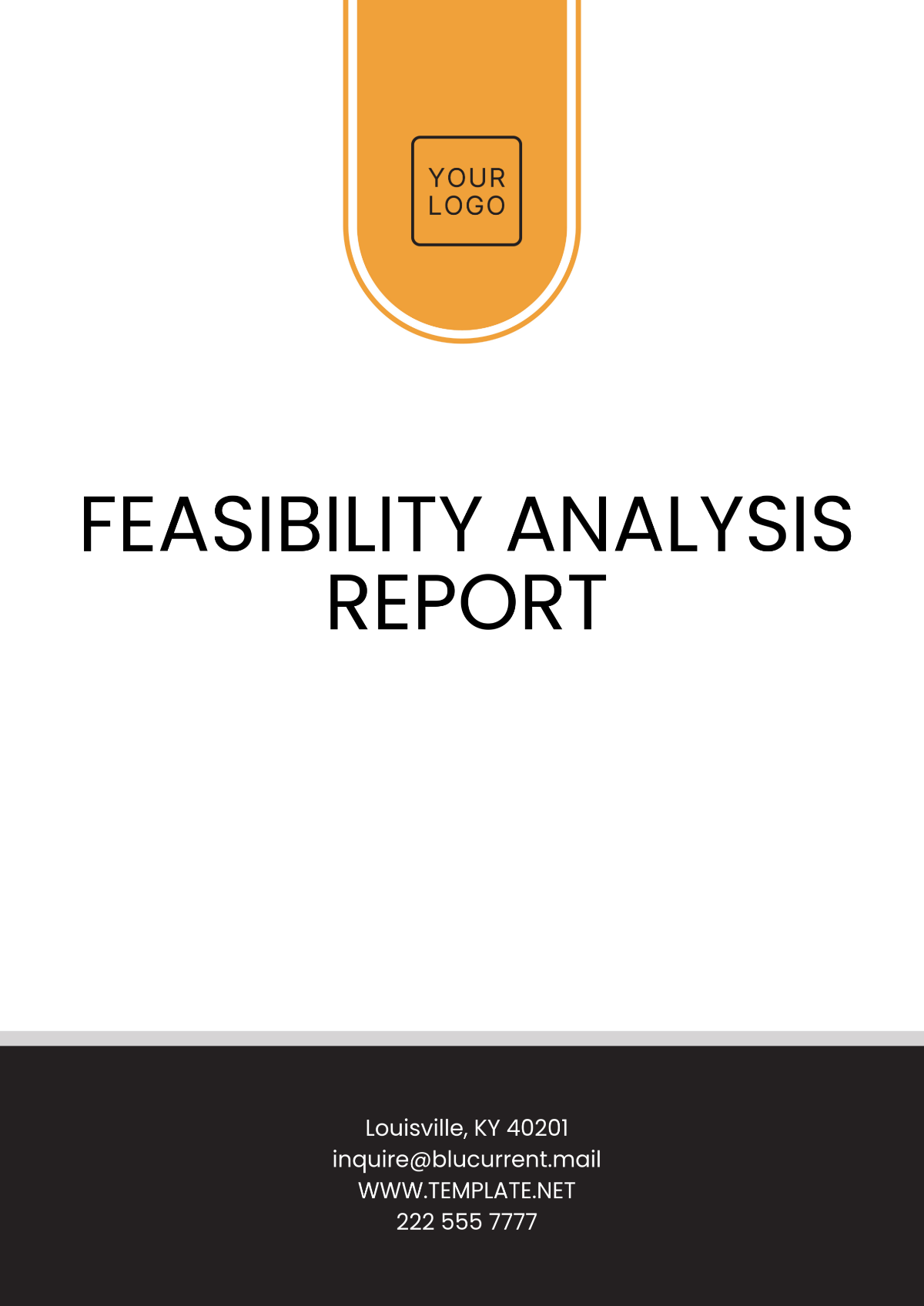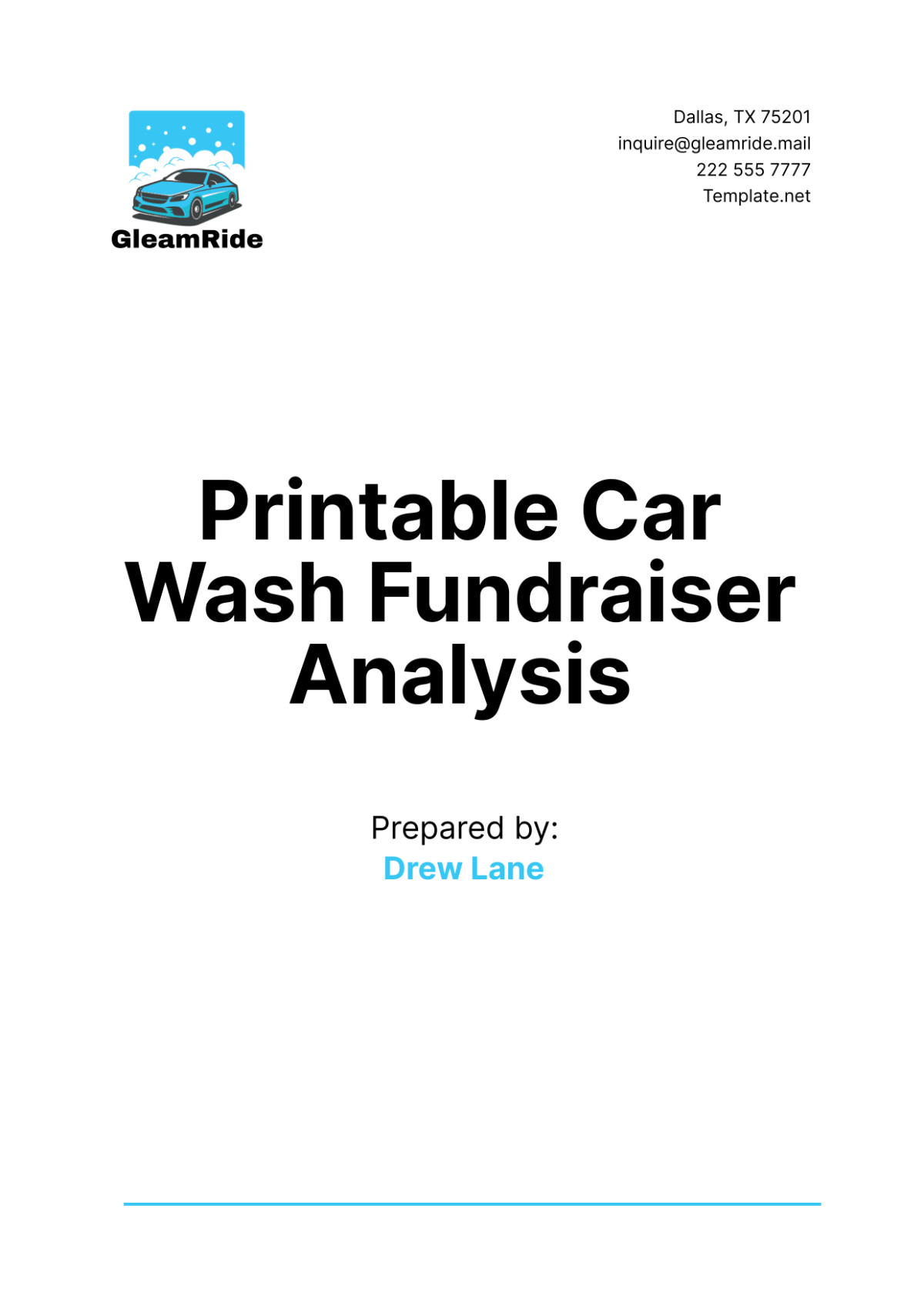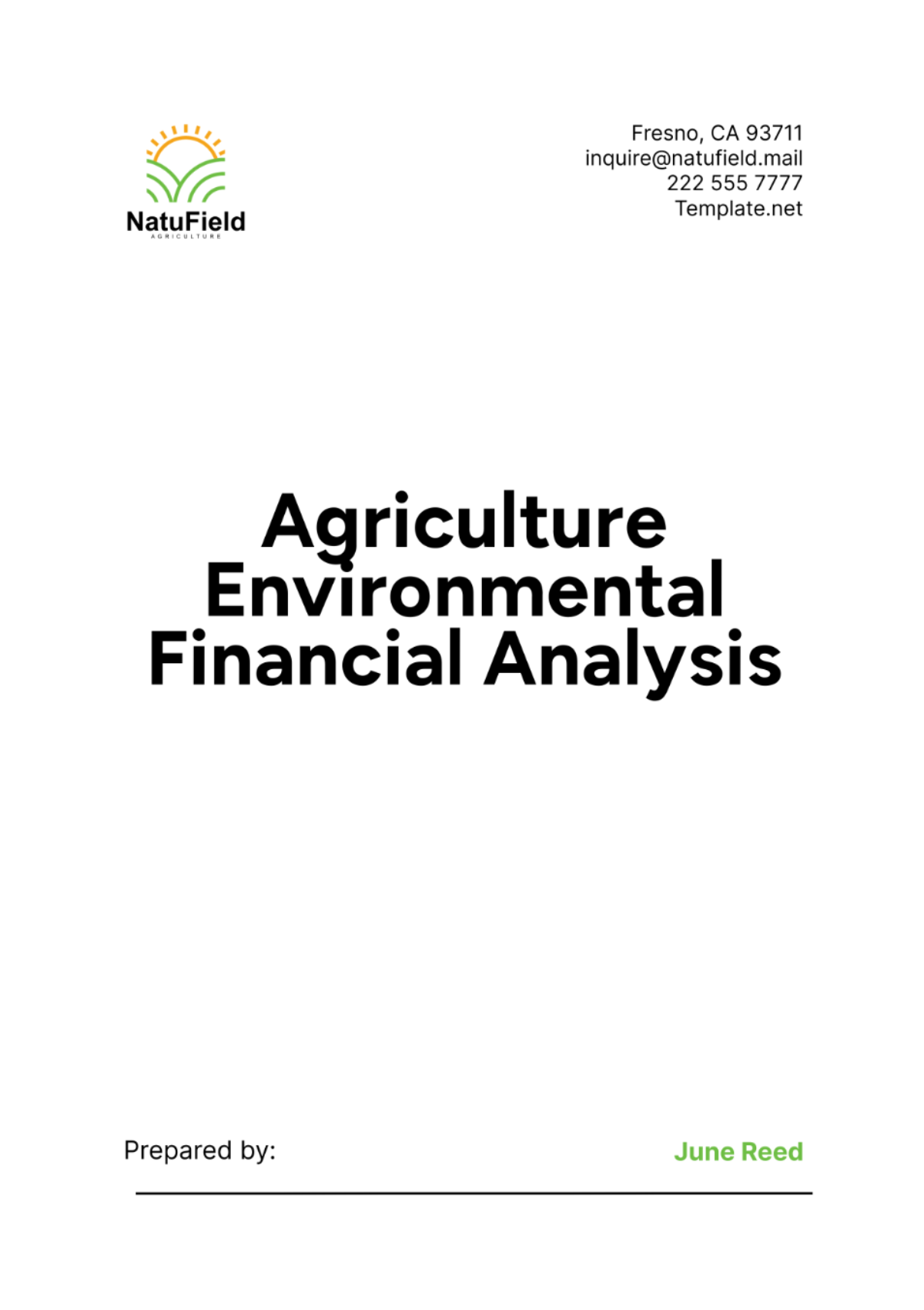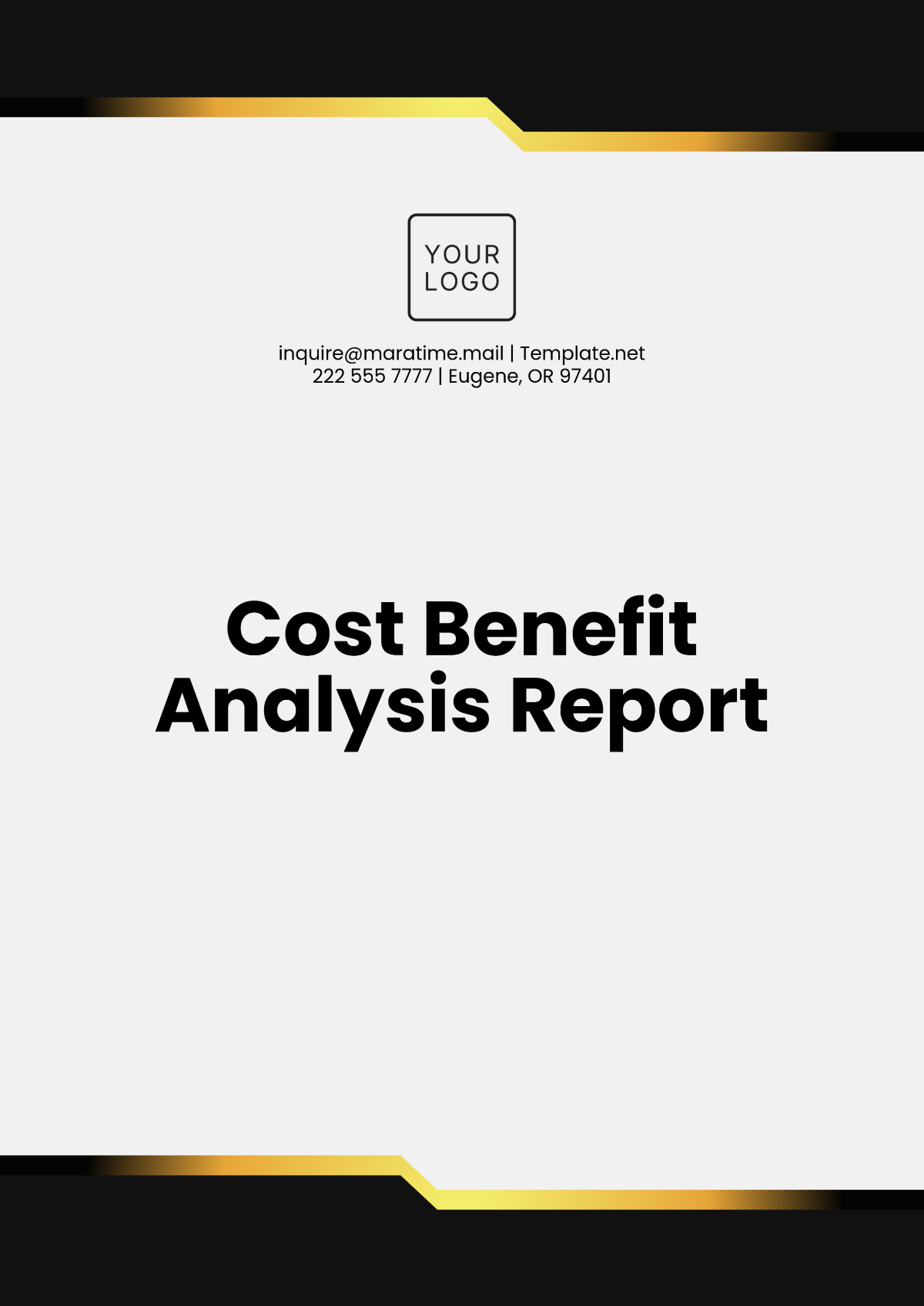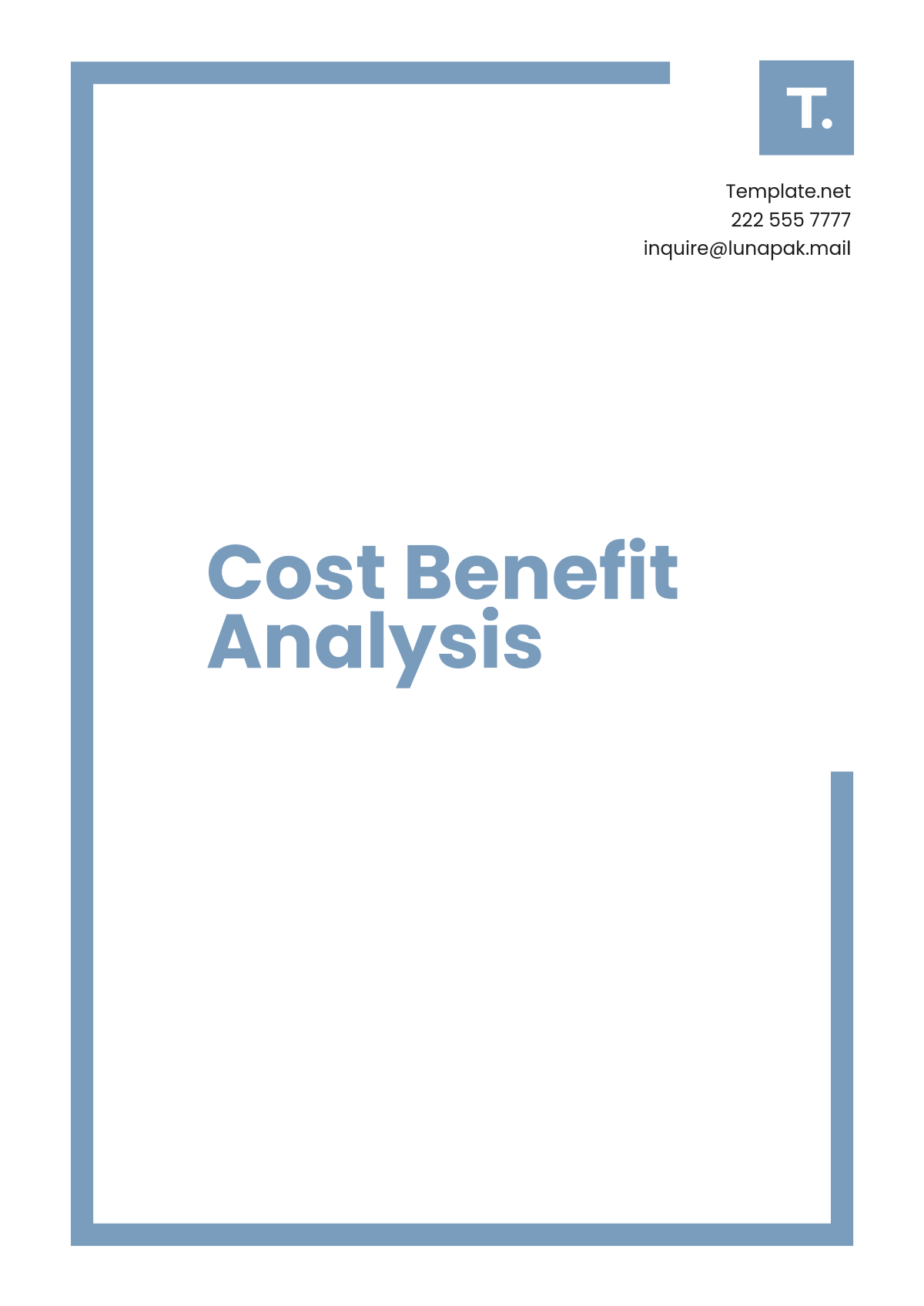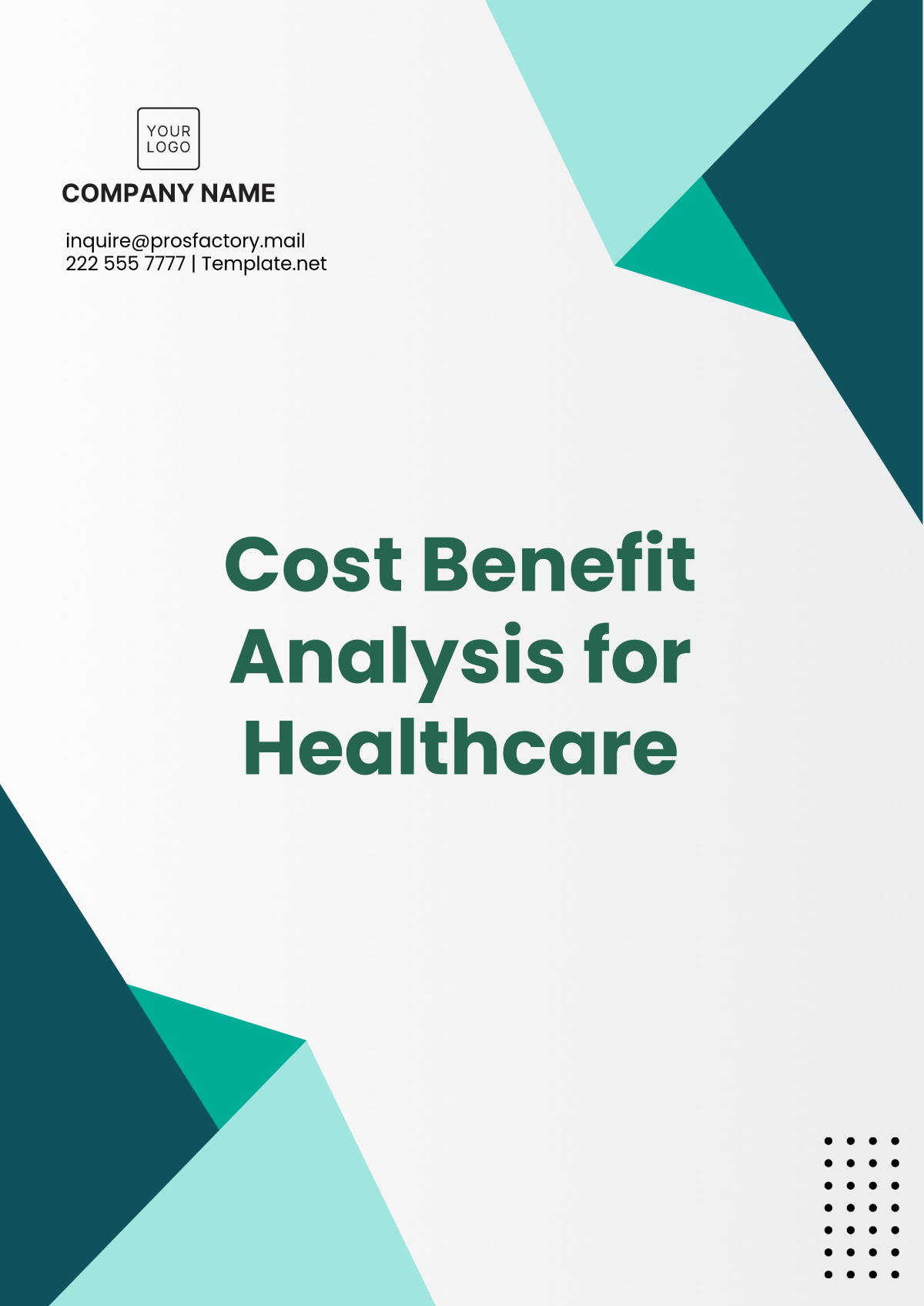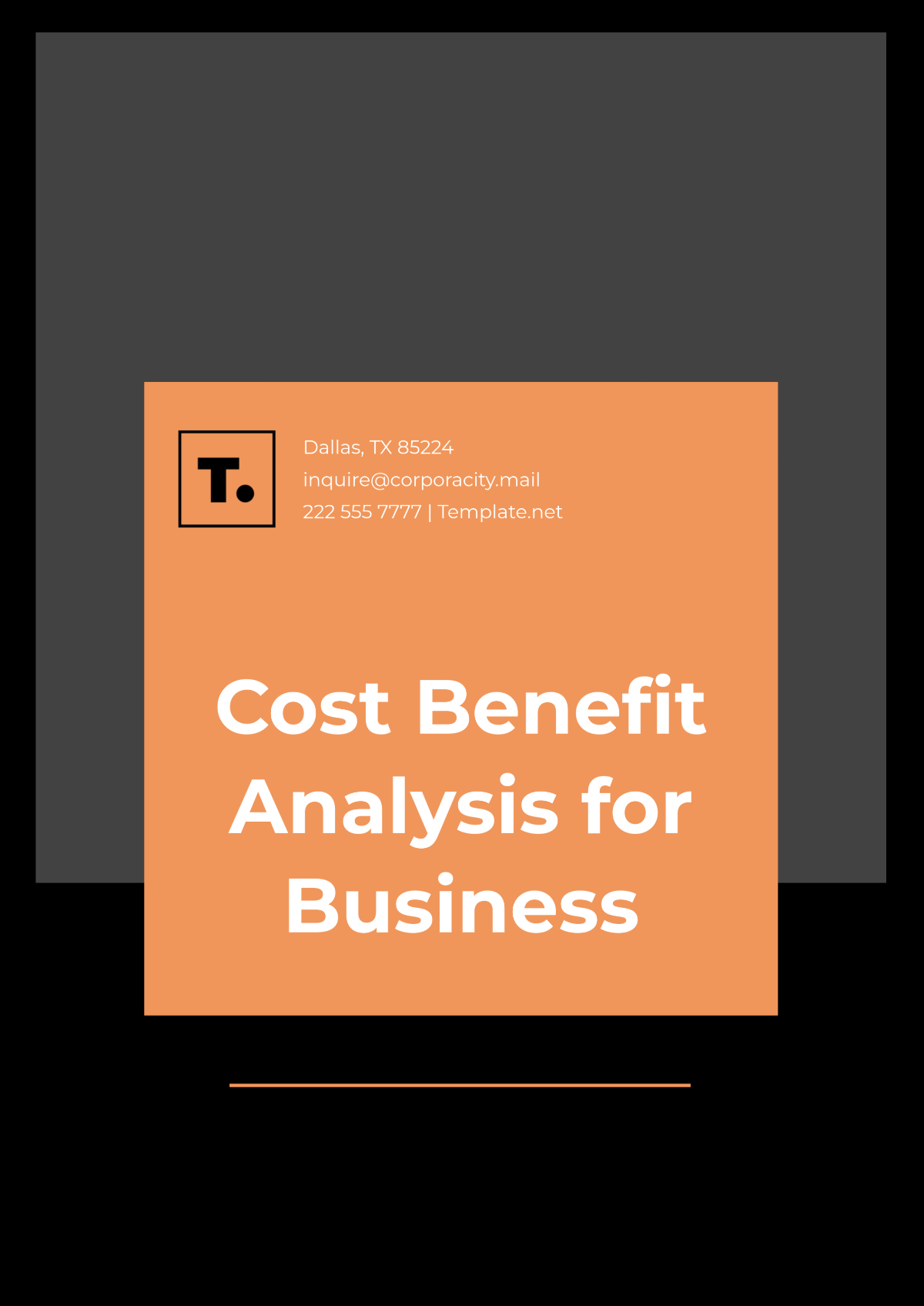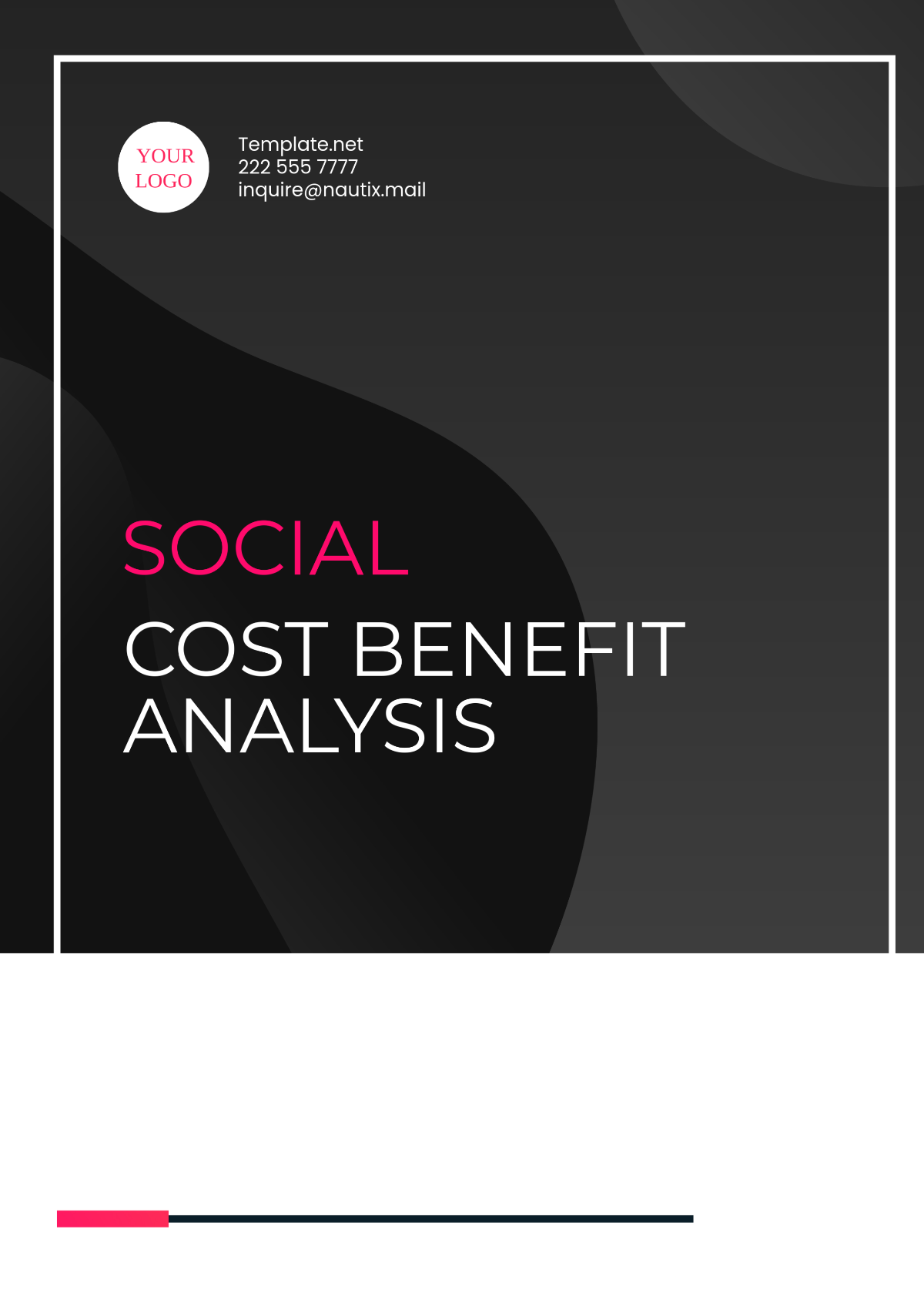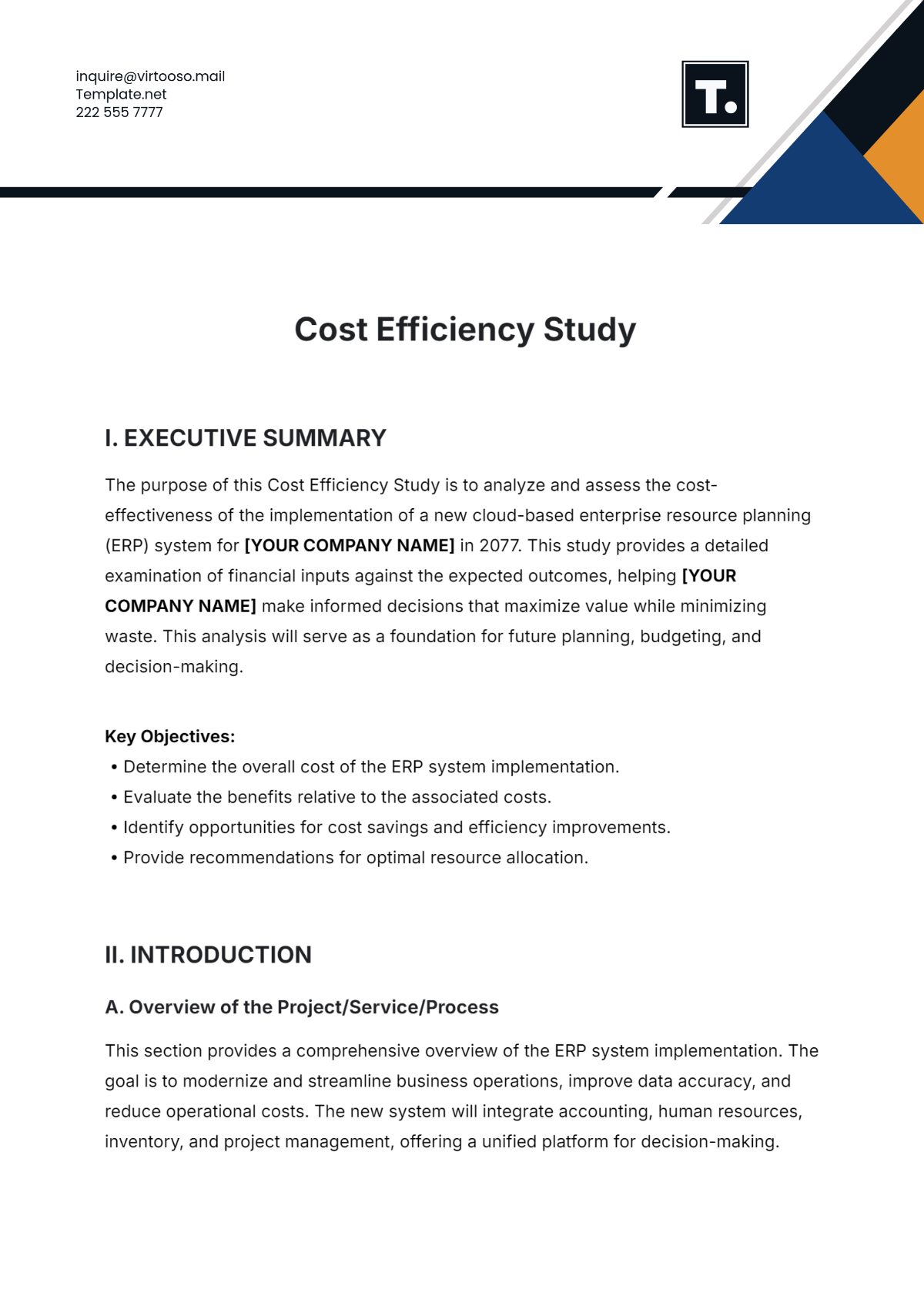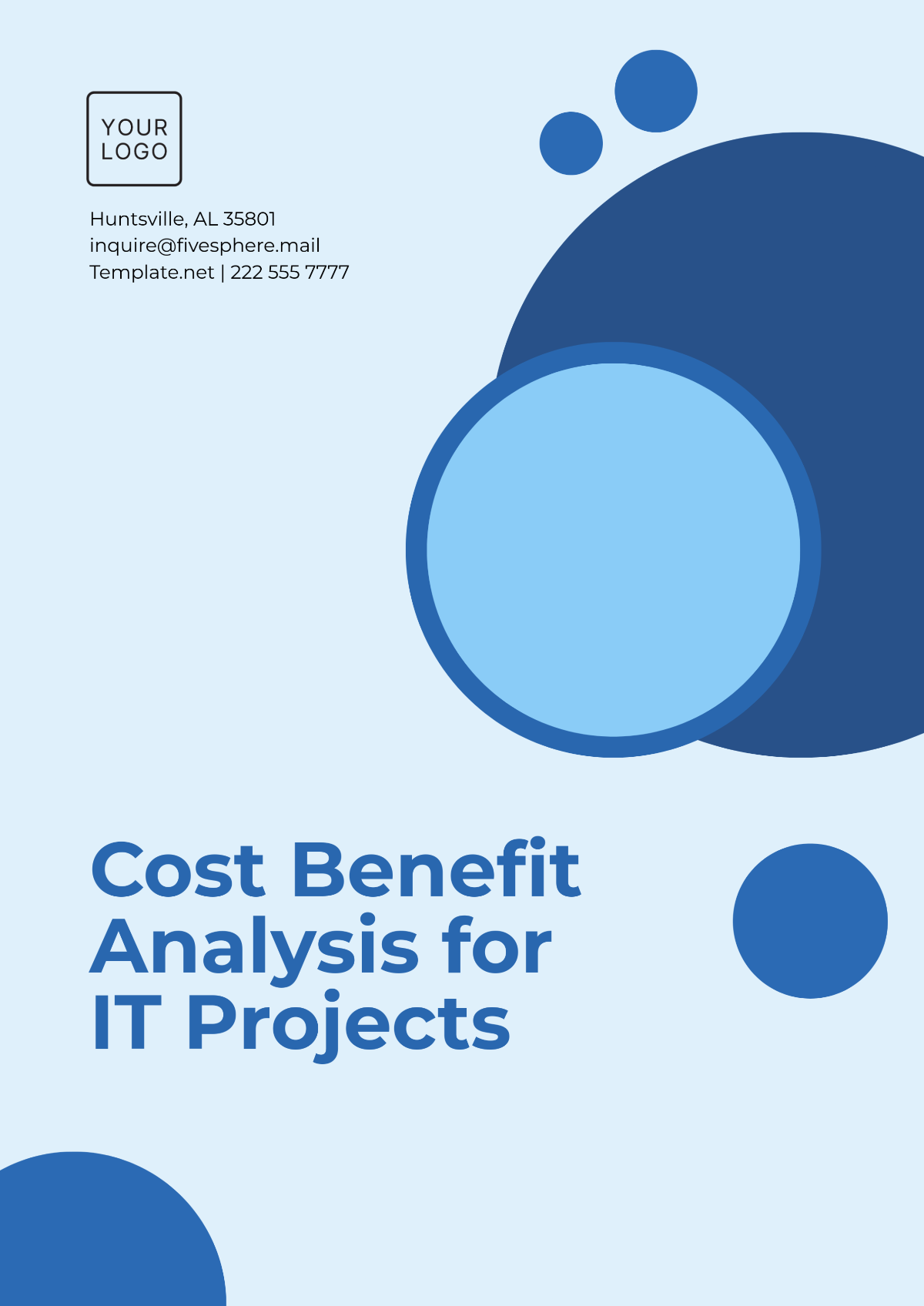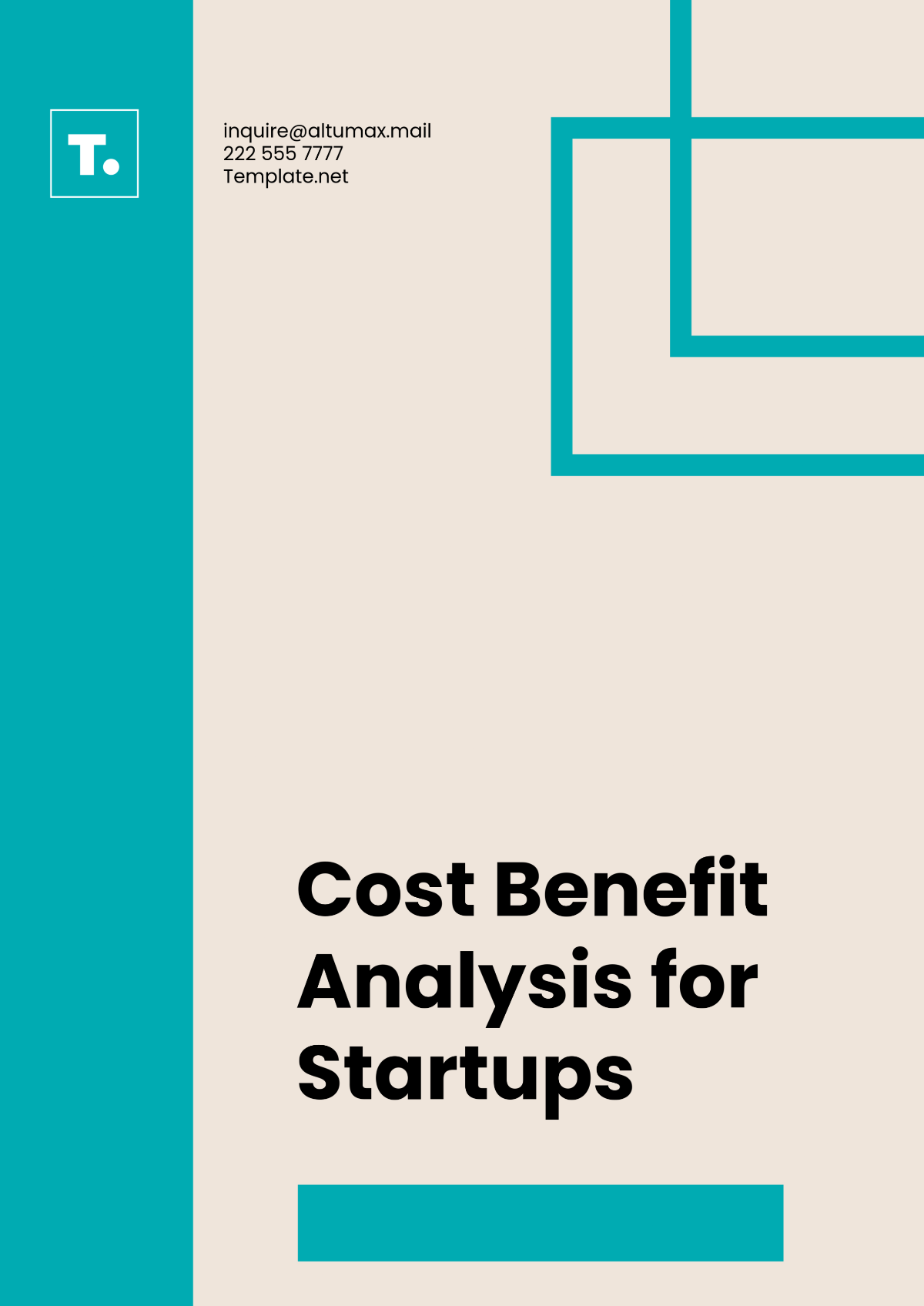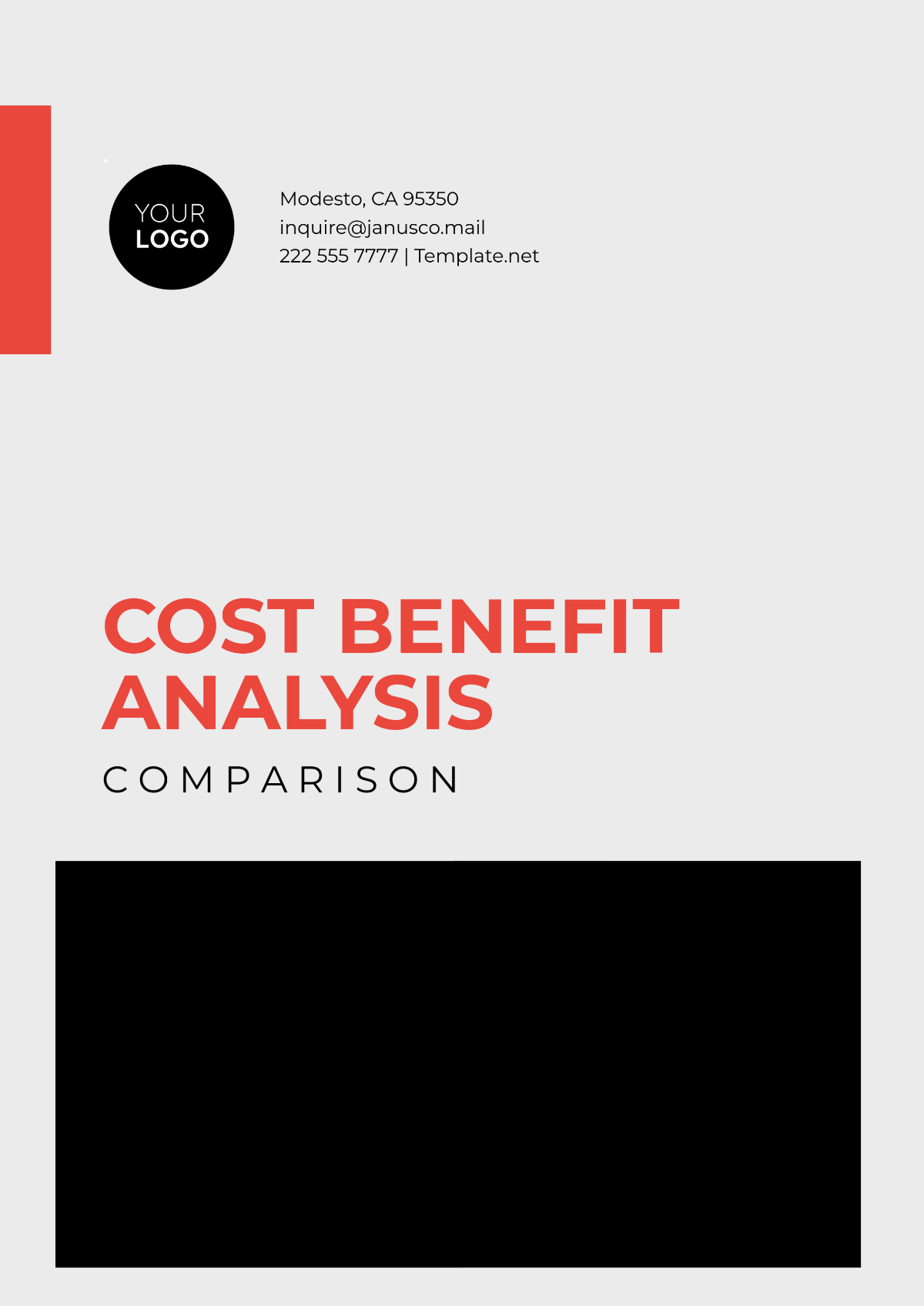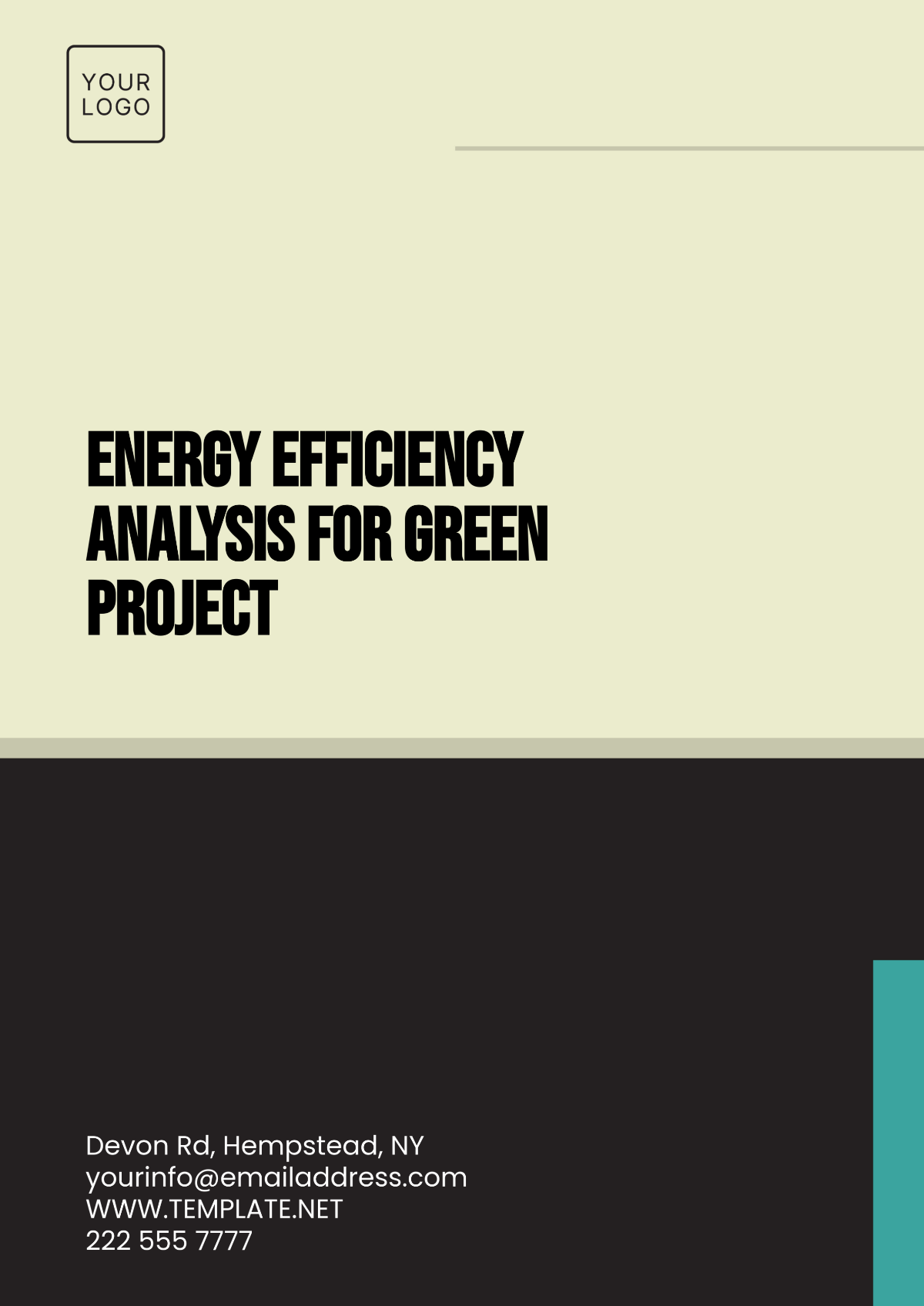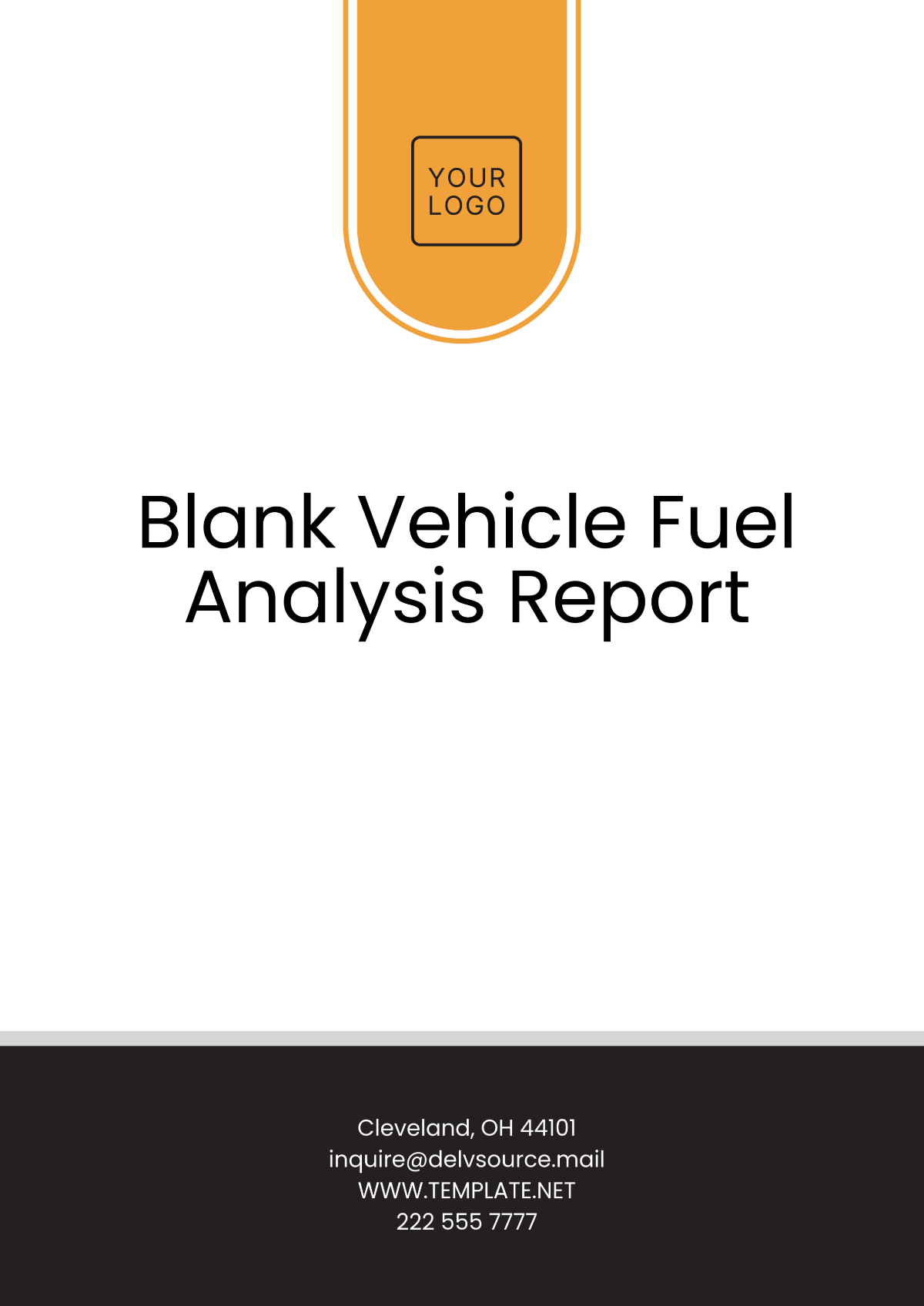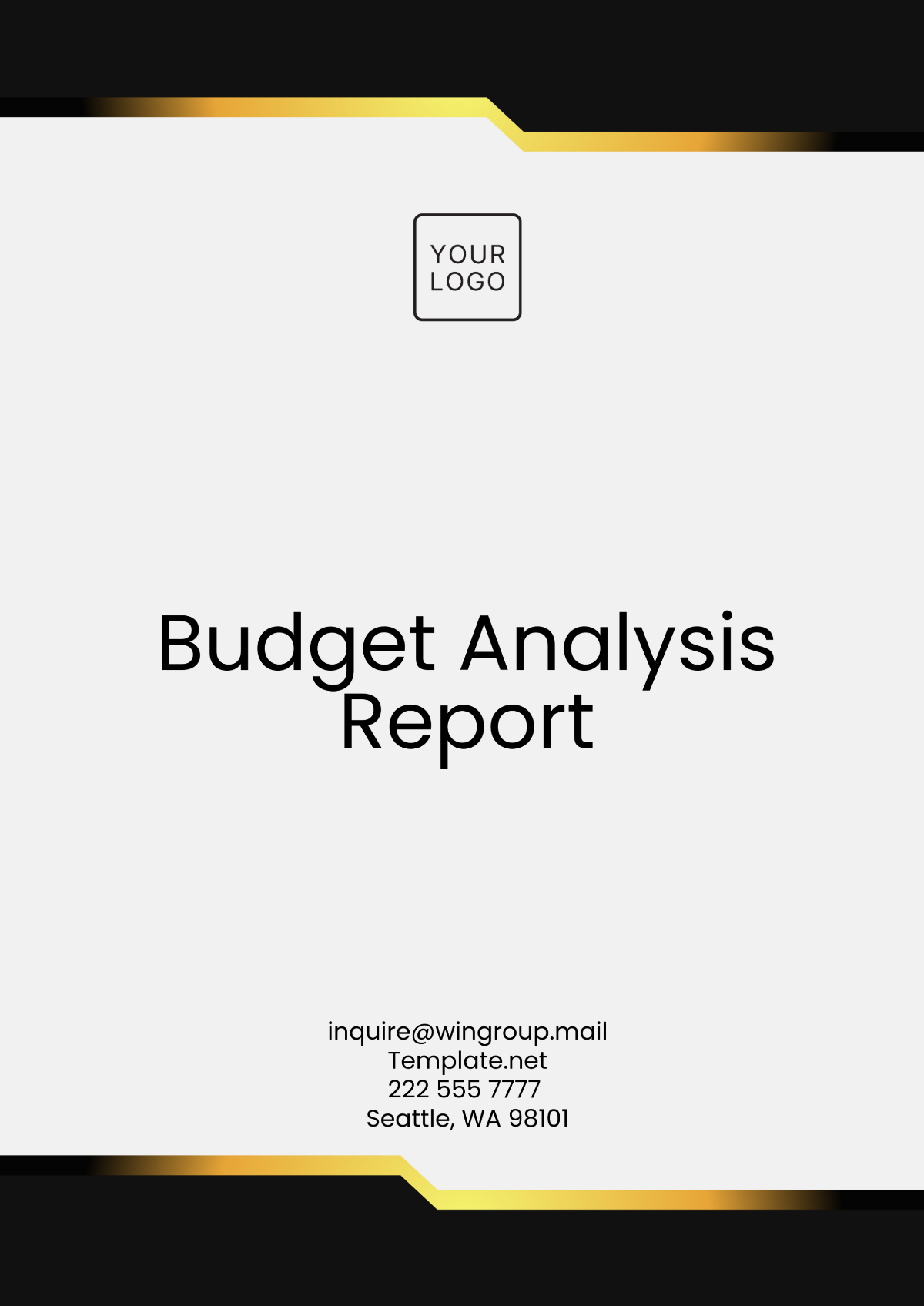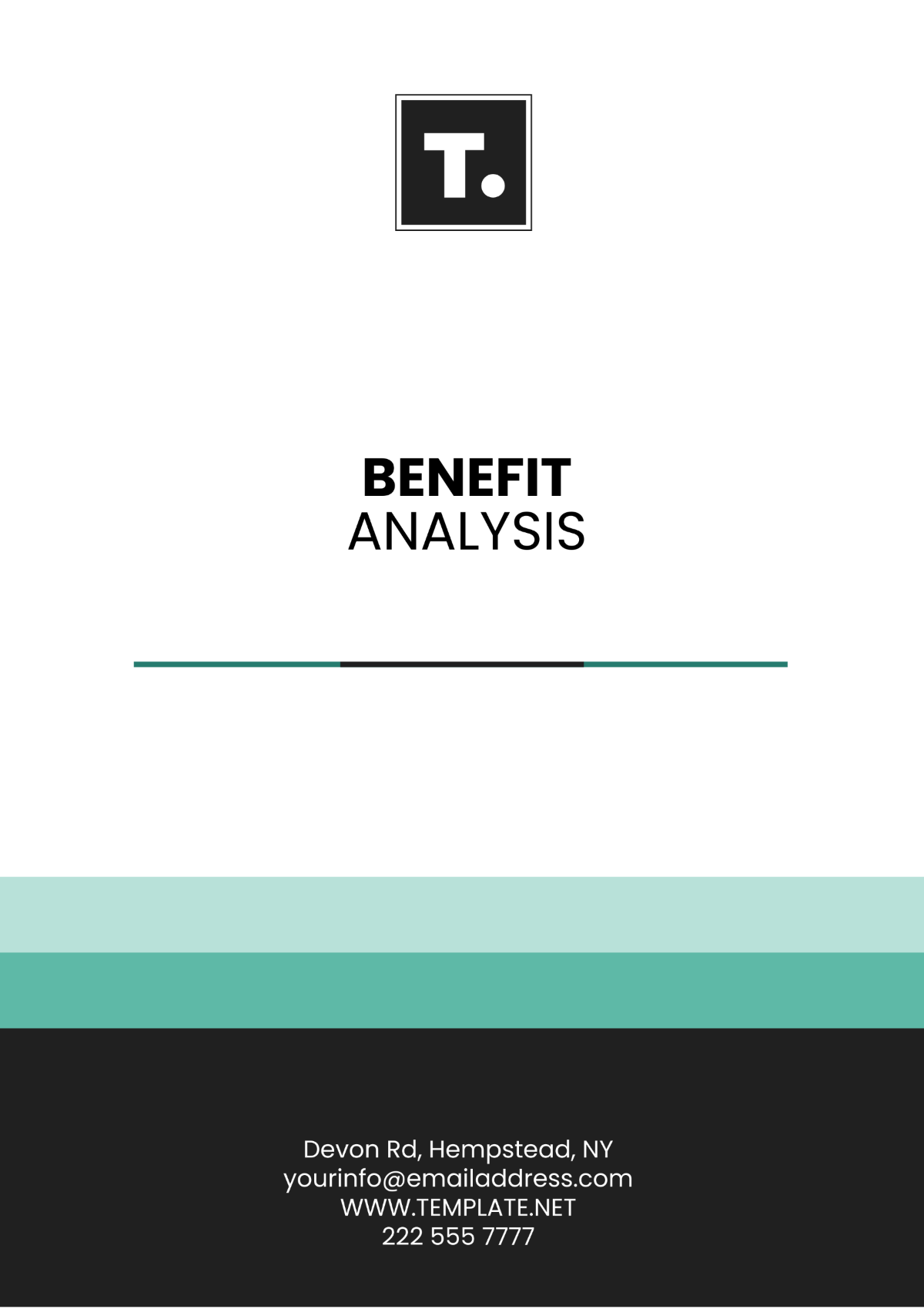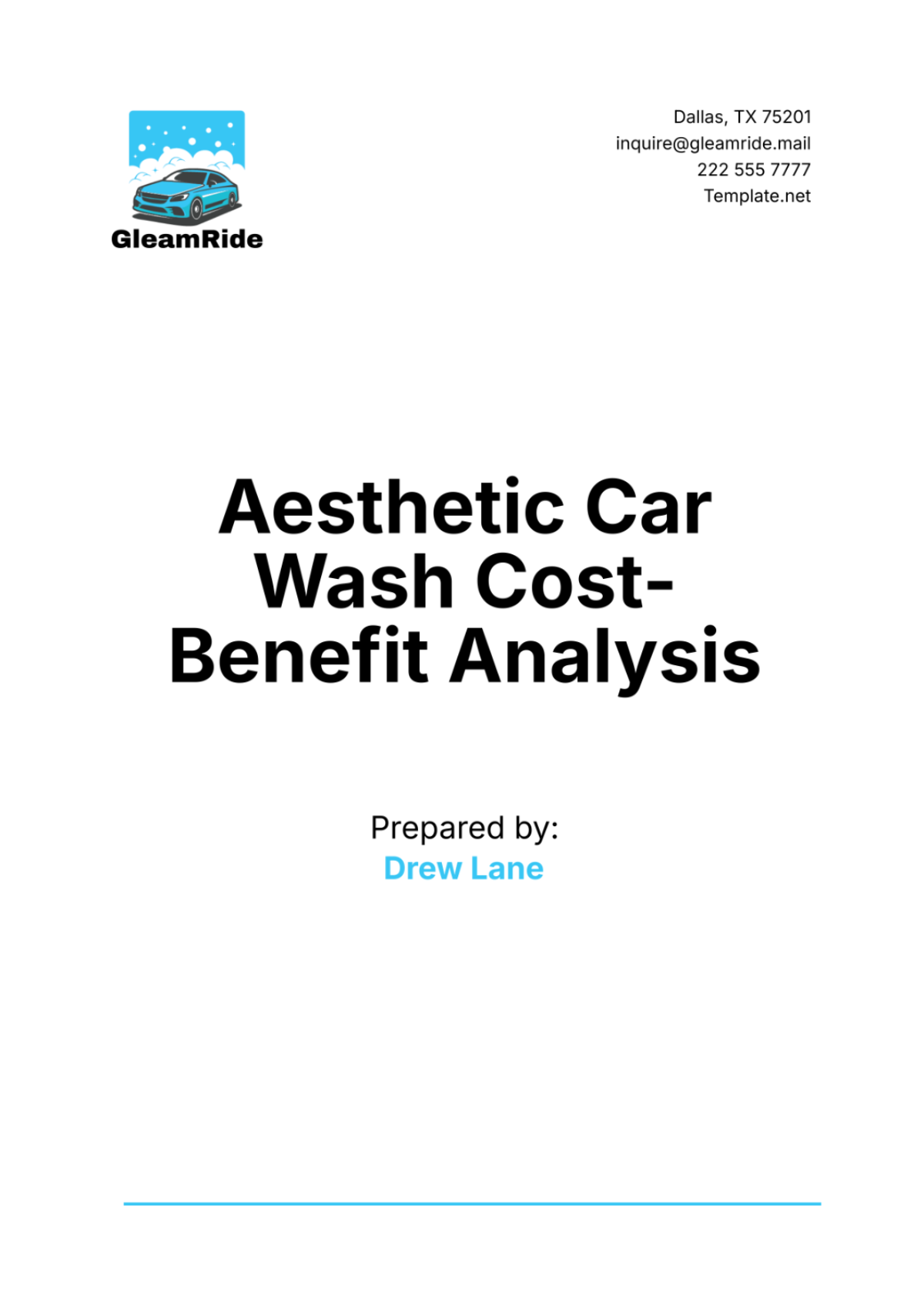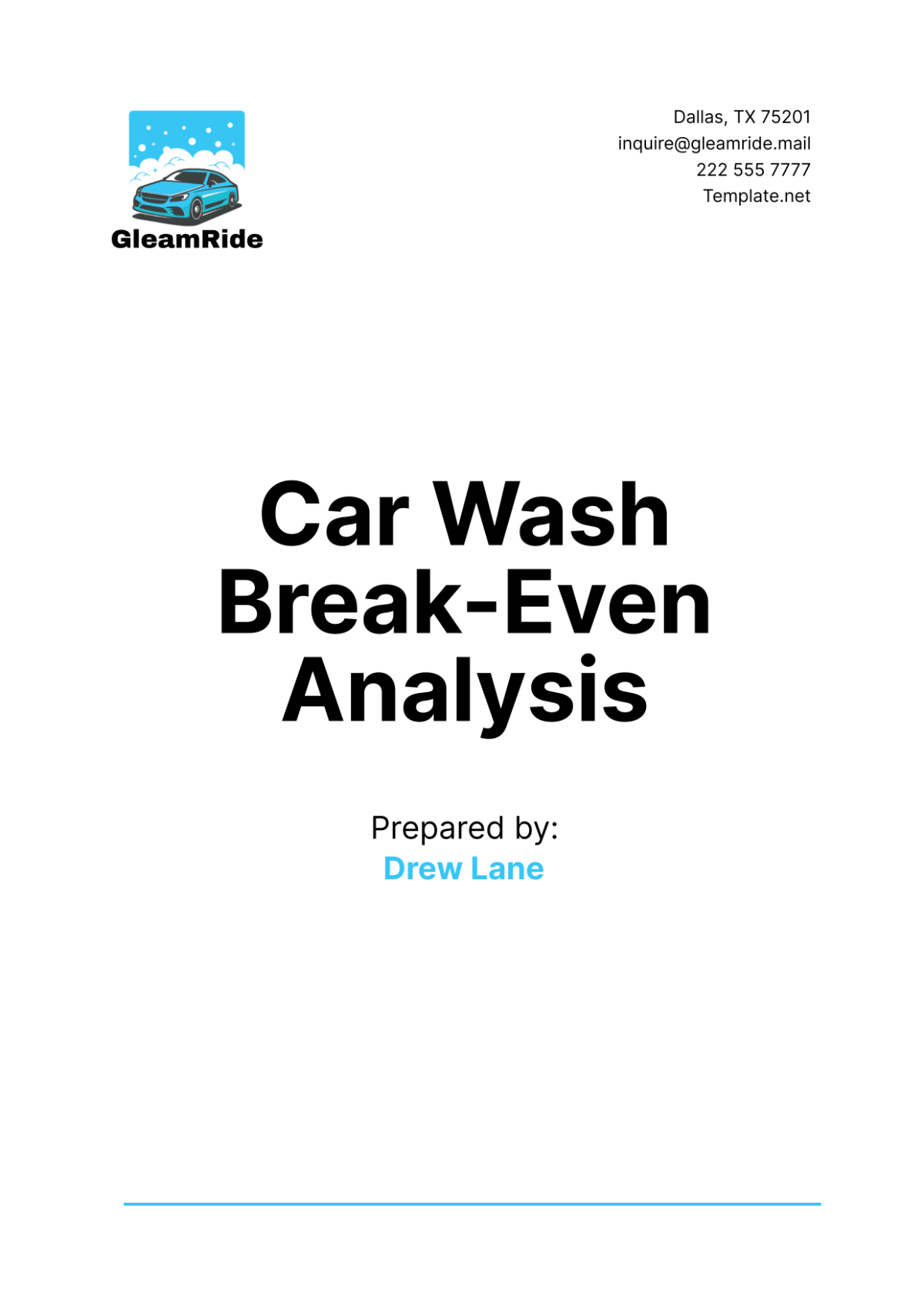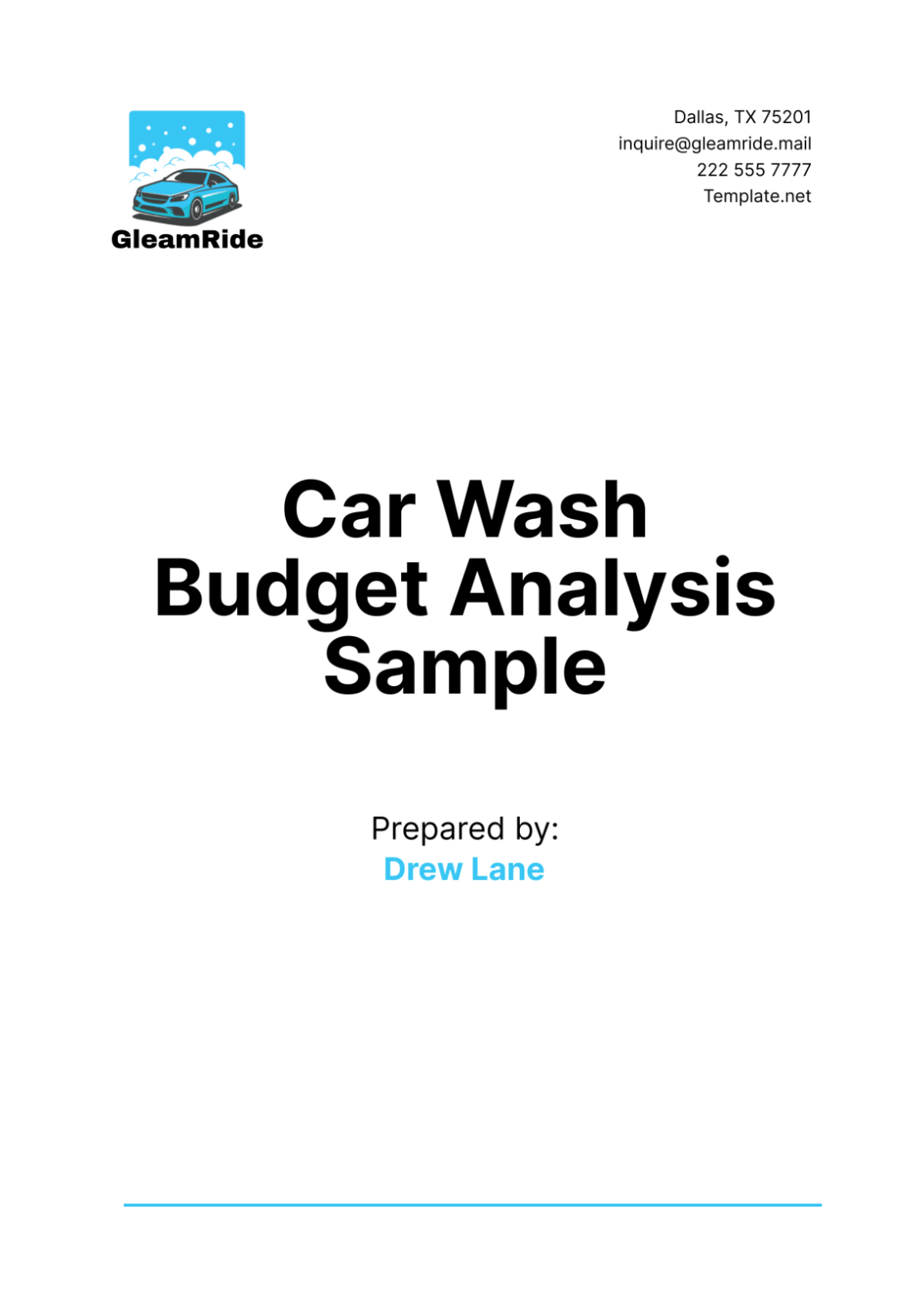Hotel Value Analysis
I. Executive Summary
A. Overview of the Hotel
The [Your Company Name] hotel is an upscale accommodation boasting 200 well-appointed rooms situated right in the bustling center of a significant metropolitan area. This hotel provides an extensive array of amenities designed to cater to the needs and desires of guests. Among these are a luxurious spa, a state-of-the-art fitness center, several dining options offering a variety of culinary delights, and versatile event facilities suitable for both business and social gatherings. Attracting both business and leisure travelers, the hotel is committed to delivering outstanding service and ensuring that each guest has a truly unforgettable experience during their stay.
B. Summary of Key Findings and Recommendations
The analytical study conducted illustrates that the hotel excels in generating revenue and achieving high levels of guest satisfaction. However, it also identifies potential areas for improvement, particularly concerning operational efficiency and strategic market positioning. To address these issues, it is recommended that the hotel adopts several strategies. Firstly, introducing cost-saving initiatives could significantly reduce unnecessary expenditures. Additionally, intensifying marketing efforts to focus specifically on particular customer segments could enhance visibility and attract more guests. Lastly, investing in advanced technology would aid in streamlining operations, thereby improving overall efficiency and effectiveness in the hotel's daily functions.
II. Introduction
A. Purpose and Scope of the Analysis
The primary objective of this comprehensive Hotel Value Analysis is to conduct an in-depth evaluation of the overall performance and value proposition offered by [Your Company Name]. This analysis is designed to encompass a range of key areas including the financial performance of the hotel, its positioning within the market, the efficiency of its operations, and the experiences of its guests.
Additionally, the analysis will consider the condition of the hotel's physical assets, current trends within the hospitality industry, and a detailed SWOT analysis to identify the strengths, weaknesses, opportunities, and threats faced by the hotel. Such a thorough assessment aims to provide valuable insights that will support strategic decision-making and enhance the hotel’s profitability and market presence.
B. Background Information on the Hotel
Since its inauguration in [Year], the [Your Company Name] has emerged as a significant entity in the local hospitality industry. Over the years, it has been recognized repeatedly with numerous awards for its outstanding service excellence. Furthermore, the hotel has successfully upheld high occupancy rates consistently all year round, underlining its popularity and reputation among guests.
III. Financial Performance Analysis
A. Revenue Analysis
Revenue Category | [Year] Revenue (USD) | [Year] Revenue (USD) | Growth Rate (%) |
|---|---|---|---|
Room Revenue | $[000] | $[000] | [0]% |
Food and Beverage | $[000] | $[000] | [0]% |
Other Revenue Streams | $[000] | $[000] | [0]% |
B. Expense Analysis
Expense Category | [Year] Revenue (USD) | [Year] Revenue (USD) | Growth Rate (%) |
|---|---|---|---|
Operating Expenses | $[000] | $[000] | [0]% |
Labor Costs | $[000] | $[000] | [0]% |
Utility Costs | $[000] | $[000] | [0]% |
C. Profitability Metrics
Gross Operating Profit (GOP) for [Year]: $[000]
Net Operating Income (NOI) for [Year]: $[000]
Profit Margin for [Year]: [00]%
IV. Market Positioning Assessment
A. Competitive Landscape
The [Your Company Name] faces competition from several other upscale hotels in the area, including [Competitor A] and [Competitor B]. Each competitor offers similar amenities and services, but [Your Company Name] distinguishes itself through its personalized service and convenient location. A competitive analysis reveals that [Your Company Name] holds a significant market share within its target demographic, with strong brand recognition and customer loyalty.
B. Pricing Strategy
[Your Company Name] employs a dynamic pricing strategy, adjusting room rates based on demand fluctuations and seasonal trends. However, there is potential to optimize pricing further by introducing targeted promotions and packages to attract specific customer segments. A comparison of average daily rates (ADR) with competitors indicates [Your Company Name]'s rates are slightly higher, suggesting an opportunity to fine-tune pricing strategies to maximize revenue without sacrificing occupancy rates.
C. Brand Perception and Reputation
Online reviews and ratings for [Your Company Name] are generally positive, with guests praising the attentive staff and luxurious accommodations. The hotel has a strong brand reputation within the local community and is recognized for its commitment to excellence in hospitality. An analysis of guest sentiment across various review platforms highlights key strengths such as cleanliness, amenities, and overall value proposition, contributing to favorable brand perception and repeat business.
V. Operational Efficiency Evaluation
A. Staffing Levels and Productivity
Staffing levels are adequate, but there is room for improvement in staff training and development to enhance productivity and service quality. Implementing cross-training programs can help optimize staffing resources and improve operational efficiency.
An analysis that compares the labor costs per occupied room to industry benchmarks indicates that there are potential opportunities to optimize the ratios of staffing, which could lead to a reduction in labor expenses. This optimization can be achieved without sacrificing the standards of service provided.
B. Operational Processes and Procedures
The hotel utilizes industry-standard operational processes and procedures, but there are opportunities to streamline workflows and eliminate redundancies. Implementing a comprehensive property management system (PMS) can facilitate automation and improve operational efficiency.
An examination of the feedback provided by guests about the operational procedures indicates that there are several opportunities for improvement in the hotel's services. These include streamlining the processes involved in both check-in and check-out to make them faster and more efficient, enhancing the effectiveness of the housekeeping services to ensure rooms are cleaner and ready quicker, and improving the speed with which guest requests are responded to, thereby increasing overall guest satisfaction.
C. Quality Control Measures
Quality control measures are in place to maintain high standards of cleanliness, safety, and service quality throughout the hotel. Regular inspections and audits help identify areas for improvement and ensure compliance with industry regulations and standards. Guest satisfaction scores related to cleanliness and maintenance consistently meet or exceed benchmarks, indicating effective quality control measures and a commitment to guest satisfaction.
D. Technology Integration and Automation
[Your Company Name] has invested in technology solutions such as online booking systems and guest communication platforms. However, there is potential to further leverage technology to streamline operations, enhance guest experience, and improve efficiency. Implementing mobile check-in/check-out, digital key access, and automated guest service requests can reduce wait times, enhance convenience, and elevate the overall guest experience.
VI. Guest Experience Analysis
A. Guest Satisfaction Surveys
Guest satisfaction surveys indicate high levels of satisfaction with accommodations, dining options, and overall service quality. Areas for improvement include speed of check-in/check-out processes and responsiveness to guest requests. Additionally, analysis of survey data highlights opportunities to enhance communication with guests before, during, and after their stay to personalize their experience and address any concerns proactively.
B. Review Aggregation and Analysis
Online review platforms consistently rate [Your Company Name] highly, with an average rating of 4.5 stars out of 5. Guests frequently mention the friendly staff, comfortable rooms, and convenient location as highlights of their stay. However, analysis of negative reviews reveals common themes such as noise disturbances, maintenance issues, and inconsistencies in service delivery, indicating areas for improvement to further enhance guest satisfaction and loyalty.
C. Feedback Management Processes
Feedback from guests is actively solicited through post-stay surveys, social media channels, and direct communication channels. Feedback is systematically collected, analyzed, and used to identify opportunities for improvement and implement corrective actions. Additionally, guest feedback is shared with staff members to recognize exemplary service and address areas needing improvement, fostering a culture of continuous learning and service excellence.
D. Areas for Improvement in Service Quality and Amenities
Improvements can be made in areas such as personalized guest services, dining experiences, and recreational facilities to further enhance the overall guest experience and differentiate [Your Company Name] from competitors. Specifically, enhancing concierge services to provide personalized recommendations and experiences, revamping menu offerings to cater to diverse dietary preferences, and upgrading recreational amenities to offer unique experiences can contribute to increased guest satisfaction and loyalty.
VII. Asset Condition Assessment
A. Physical Condition of the Property
The physical condition of the property is maintained to a high standard, ensuring that all aspects of the property receive regular maintenance and are periodically refurbished to promote a welcoming and comfortable atmosphere for all guests. Detailed and comprehensive preventive maintenance programs are systematically implemented to manage and address natural wear and tear, reduce potential risks, and uphold the property's long-term value.
B. Maintenance Practices and Standards
The hotel adheres to industry best practices and standards for maintenance, with a proactive approach to identifying and addressing maintenance issues to minimize downtime and ensure guest satisfaction. Regular inspections by qualified professionals and adherence to manufacturer guidelines for equipment maintenance contribute to operational reliability and guest safety.
C. Capital Investment Requirements
While the property is in good condition, there may be opportunities for strategic capital investments in areas such as technology upgrades, facility enhancements, and energy efficiency initiatives to improve long-term sustainability and guest satisfaction. Prioritizing investments based on ROI analysis, guest feedback, and industry trends can optimize resource allocation and maximize the impact of capital expenditures.
D. Long-Term Sustainability Considerations
Sustainability initiatives such as energy conservation, waste reduction, and eco-friendly practices are increasingly important to guests and can contribute to cost savings and competitive differentiation in the long run. Implementing energy-efficient lighting, water-saving fixtures, and waste recycling programs not only align with guest preferences but also demonstrate corporate social responsibility and environmental stewardship.
VIII. Industry Trends and External Factors
A. Market Trends Analysis
Trends in the hospitality industry indicate a growing preference for personalized experiences, digital integration, and sustainable practices. [Your Company Name] can capitalize on these trends by aligning its offerings with evolving guest preferences and market demands. Additionally, emerging trends such as the rise of experiential travel and the popularity of wellness tourism present opportunities for [Your Company Name] to differentiate its offerings and attract new customer segments.
B. Economic Conditions
Economic conditions are stable, with moderate growth in consumer spending and business travel. However, potential risks such as geopolitical tensions and economic downturns should be monitored closely to mitigate their impact on hotel performance. [Your Company Name] should maintain flexibility in pricing strategies and operational planning to adapt to changing economic conditions and minimize revenue volatility.
C. Regulatory Environment
Regulatory compliance is essential for maintaining operational integrity and ensuring guest safety and satisfaction. [Your Company Name] complies with all relevant regulations and standards governing the hospitality industry. Staying abreast of regulatory changes and proactively addressing compliance requirements can mitigate legal risks and preserve the hotel's reputation and financial stability.
D. Competitive Dynamics
Competition in the hospitality industry is fierce, with new entrants and established players vying for market share. [Your Company Name] must stay agile and responsive to changing market dynamics to maintain its competitive edge. Monitoring competitor strategies, analyzing market trends, and continuously innovating to meet evolving guest needs are critical to sustaining long-term success in a competitive marketplace.
IX. SWOT Analysis
A. Strengths
Strong brand reputation and loyal customer base
Prime location in a high-demand area
Comprehensive amenities and personalized service offerings
B. Weaknesses
Potential for operational inefficiencies and high labor costs
Limited differentiation from competitors in certain service aspects
Dependence on seasonal fluctuations in demand for revenue generation
C. Opportunities
Expansion of target market segments through targeted marketing efforts
Implementation of technology solutions to enhance operational efficiency and guest experience
Strategic partnerships with local businesses to offer unique guest experiences
D. Threats
Intensifying competition from new market entrants and existing competitors
Economic downturns or geopolitical instability impacting travel demand
Regulatory changes affecting operational costs and compliance requirements
X. Recommendations
A. Strategic Initiatives for Revenue Enhancement
Implement dynamic pricing strategies to optimize revenue and occupancy rates
Expand marketing efforts to target niche customer segments and drive direct bookings
Enhance upselling and cross-selling opportunities to maximize revenue per guest
B. Operational Improvement Strategies
Invest in staff training and development programs to improve productivity and service quality
Streamline operational workflows through technology integration and automation
Conduct regular performance reviews and operational audits to identify areas for improvement
C. Investments in Guest Experience and Amenities
Upgrade technology infrastructure to offer seamless digital guest experiences
Enhance recreational facilities and onsite amenities to differentiate the hotel's offerings
Introduce personalized guest services and experiences to enhance satisfaction and loyalty
D. Mitigation Strategies for Identified Weaknesses and Threats
Develop contingency plans to mitigate the impact of economic downturns or external disruptions
Implement cost-saving measures to address operational inefficiencies and reduce labor costs
Stay proactive in monitoring regulatory changes and compliance requirements to minimize legal risks
XI. Conclusion
In conclusion, the Hotel Value Analysis highlights key areas of strength, opportunities for improvement, and strategic recommendations to enhance the overall performance and value proposition of [Your Company Name]. By implementing the recommended strategies and initiatives, [Your Company Name] can position itself for long-term success in a competitive hospitality market while delivering exceptional guest experiences and maximizing financial returns.



